Eight years after graduating from the department of mural painting, Central Academy of Fine Arts, Liu Xiaohui eventually returned to the Academy in 2010 and has been teaching there ever since, whilst focusing on developing his painting practise. Although he has experimented extensively with other mediums and genres, he detours back to the language of painting, using it as his own, exploring its nature, being immersed in this unique language, expressing himself and reflecting upon the zeitgeist. For Liu, the organic fusion of painting and life has become a part of his daily life, and the numerous trivial, insignificant, ‘uneventful’ events inspire and nurture his art. Liu’s painting expresses a dissolution of painting itself, crossings and overlapping of art and life, and representations of real, lived experiences. The extremely natural, almost opaque colours used intentionally so as to not stir emotions depict ‘mundane’ scenes, and arrive at basic elements and the radical nature of painting.
Liu Xiaohui’s early works are largely narrative, capturing numerous details from the everyday life. The scenes are mostly developed directly from the immediate surroundings of the artist and his experiences with it: the mechanical, repeated, dull life is astutely transposed onto the canvas. Formally reminding one of comic strips and storyboards, the moderately sized early series of landscapes, still lives and subjects are melancholic in tone, distanced and solitary. The narrative is fragmentary and alienated; the viewer is therefore propelled to use his or her imagination to complete the story. ‘One Day of A Model’ (2011) speaks of Liu’s experience as a teacher, conducting sketch sessions at the Academy; ‘Youyi Hotel‘ (2011) recalls a trip to Lanzhou, accompanied by fictional characters; The subjects in ‘Family Life’ (2010) are based upon the artist’s mother and mother-in-law. These works deal with the everyday life in its spontaneity, and with the triviality of visual experiences; by presenting themselves in all their normality, Liu attempts to bridge the gap between artifice and nature. Remarkable is also the fact that Liu is one among a small number of artists who still practise plein-air painting today. This has to do with his academic background, since he acknowledges the significance of such activity in art education; this has to do as well with a basic idea: artistic creation is each time a lone journey. The outdated, almost abandoned mode of plein-air painting in ‘Red Scarf’ (2013) and ‘Dunhuang’ (2013) – both created in Western China – urges Liu to improvise a mental image on the spot, composing quickly and rationally, fully exploiting the natural colours, capturing the moment and expressing precisely his own conceptual ideas and propositions.
Liu Xiaohui’s recent works, on the other hand, no longer deal with the narratable, and have become much larger in scale. The images, however, are still traceable, and are lively in every sense of the word. The 2015 series of subjects turning away from the viewer appear to be depicting characters from the ‘Family Life’; the dressing mirror series from 2018 finds its point of departure from Liu’s early work on paper also titled ‘One Day of A Model’ (2007), where there were similar gestures and poses. In the series of paintings depicting one’s backs, details of space and time are as reduced as possible; reality is therefore lost, where the different resting and standing poses of the same figure layer upon one another, losing its subjective meaning and becoming in turn a signifier appropriated freely by the artist. Repeated smearing and covering are the most prominent features in this period. The gestures are painterly in essence, yet blended with existentialist elements, and with a painterly experience of repeatedly approaching the real but never arriving at it. In this sense, the images of repetition emphasises exactly the tireless, restless painterly act and method, pertaining to a being that is metaphysical, more so than the image itself. Embedded in paintings as such is also the artist’s passion for labor, simple and mundane as it is; Liu perhaps never has presupposed the creative nature of painting, but has been treating it more as an everyday labour. It is important, because it brings about an accumulation of oscillations between positivity and negativity. For the artist, the quantity reached in such a way is much more reliable and real than any external judgement abruptly inserted into the realm of painting.
In the Movement series, Liu Xiaohui repeatedly depicts a figure’s daily act of dressing and undressing, emphasising a fleeting moment from reality with bright colours, bold strokes and sharp geometrical shapes. Presented is effectively a formed, specific action, which captures reality in transience. Making paintings as such, the artist attempts to get rid of unreliable factors such as traces of experience, traces of convention and mannerisms, persistently projecting onto the canvas reliables by constantly working on it, structuring a composition that is simple in appearance, but complicated and firm in fact. Liu Xiaohui’s art is stunning, not because of its affinity with life, or its narration of a certain specific reality, but because of its ability to consider the potential and essence of painting via reality, challenging painting itself with basic painterly means such as chiaroscuro, colours and lines.
Liu Xiaohui’s recent solo exhibition includes “Détournement” at A07 798 Art Zone, Beijing, China in 2020. His works have been widely exhibited in major institutions including Wuhan Art Museum, Wuhan (2021), Beijing Minsheng Art Museum, Beijing (2020), National Art Museum of China, Beijing (2015), CAFA Art Museum, Beijing (2013), and Guangdong Museum of Art, Guangzhou (2006). His works are also held in the collections of K11 Art Foundation, Hong Kong; A4 Art Museum, Chengdu; and X Museum, Beijing.
Liu Xiaohui Beijing, China, B. Shandong, China, 1975
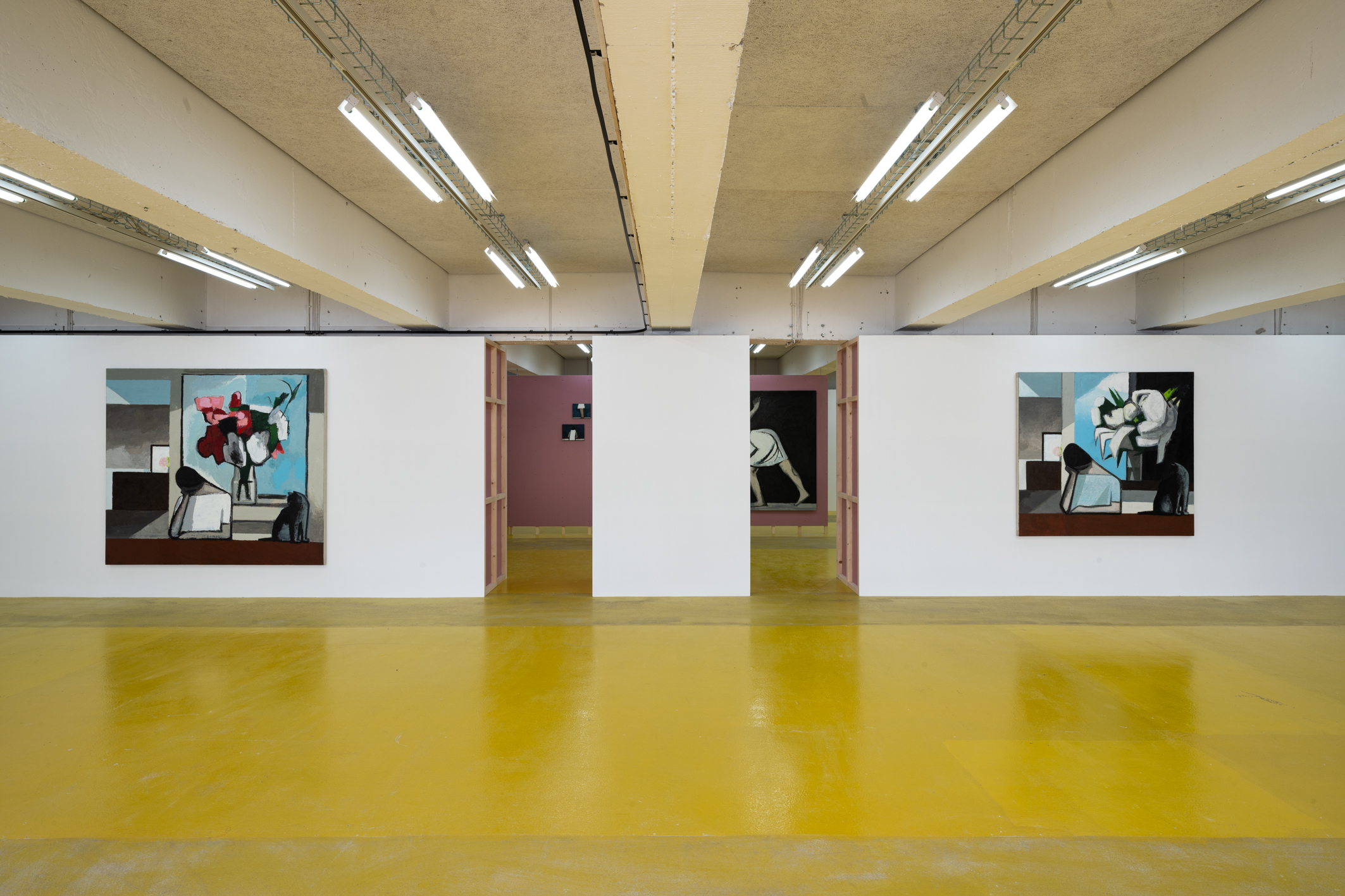
‘Flowers of Hong Kong’, Kiang Malingue, Hong Kong, 2024

‘Flowers of Hong Kong’, Kiang Malingue, Hong Kong, 2024
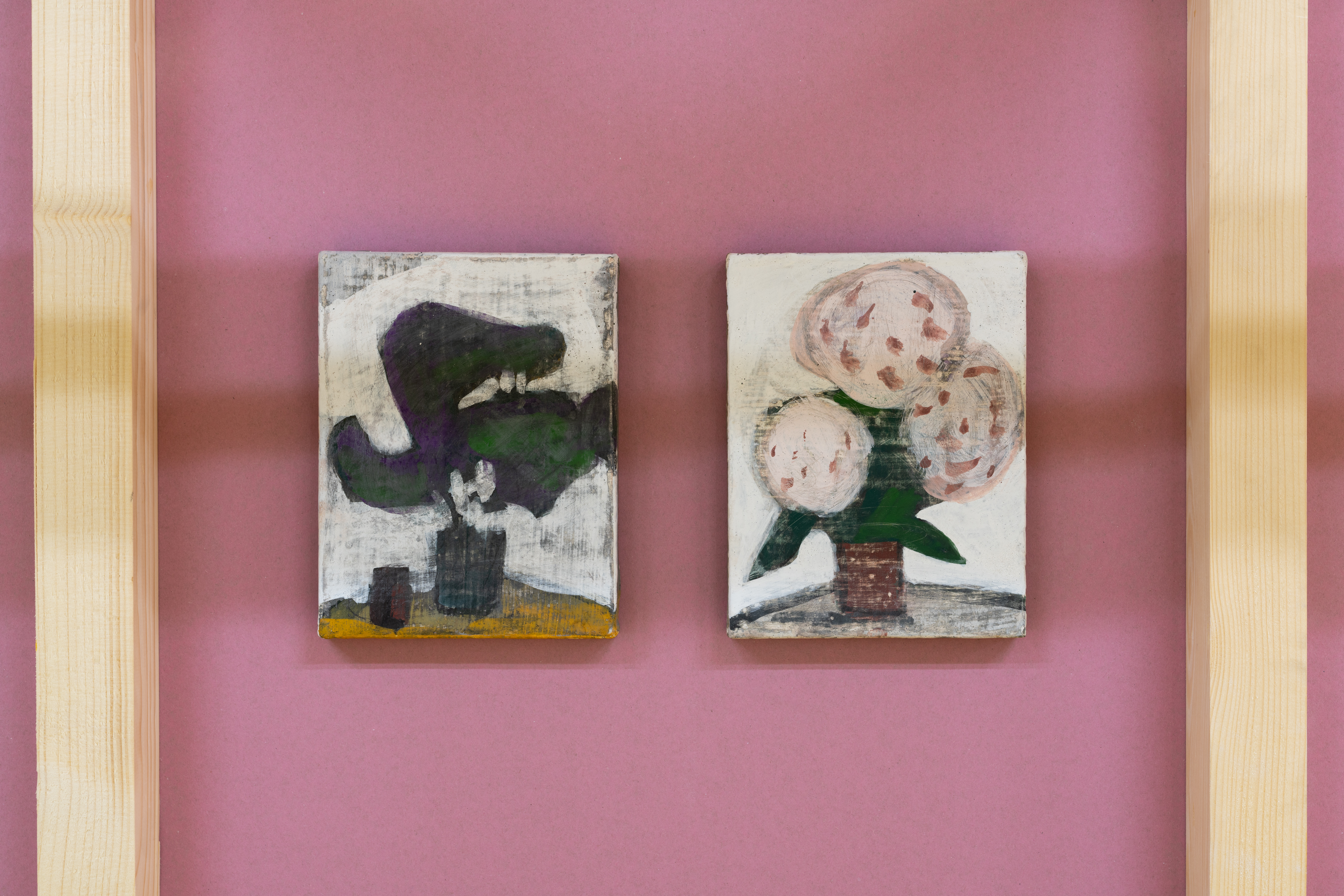
‘Flowers of Hong Kong’, Kiang Malingue, Hong Kong, 2024
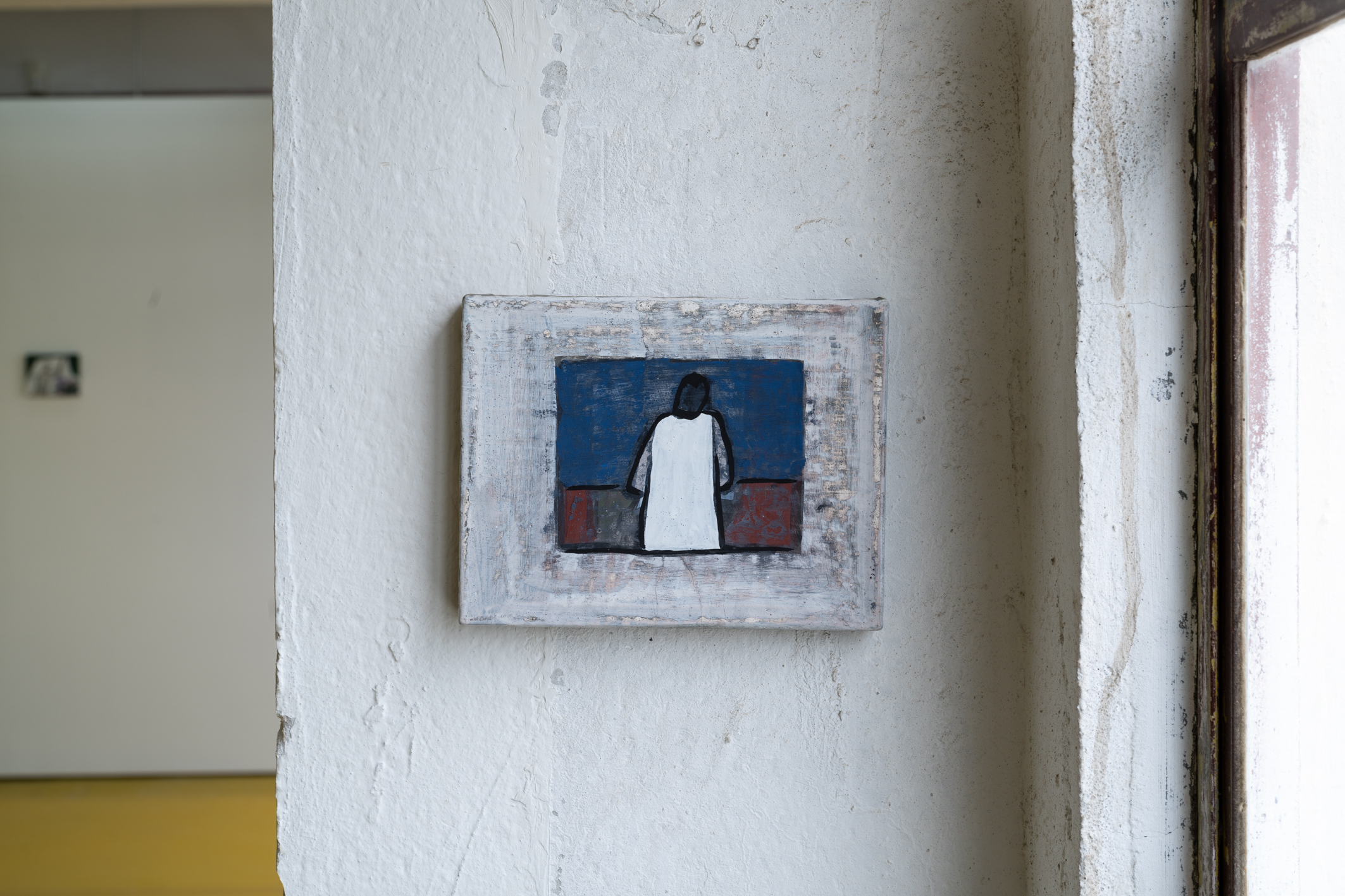
Tempera on wood
14.2 x 18.2 cm
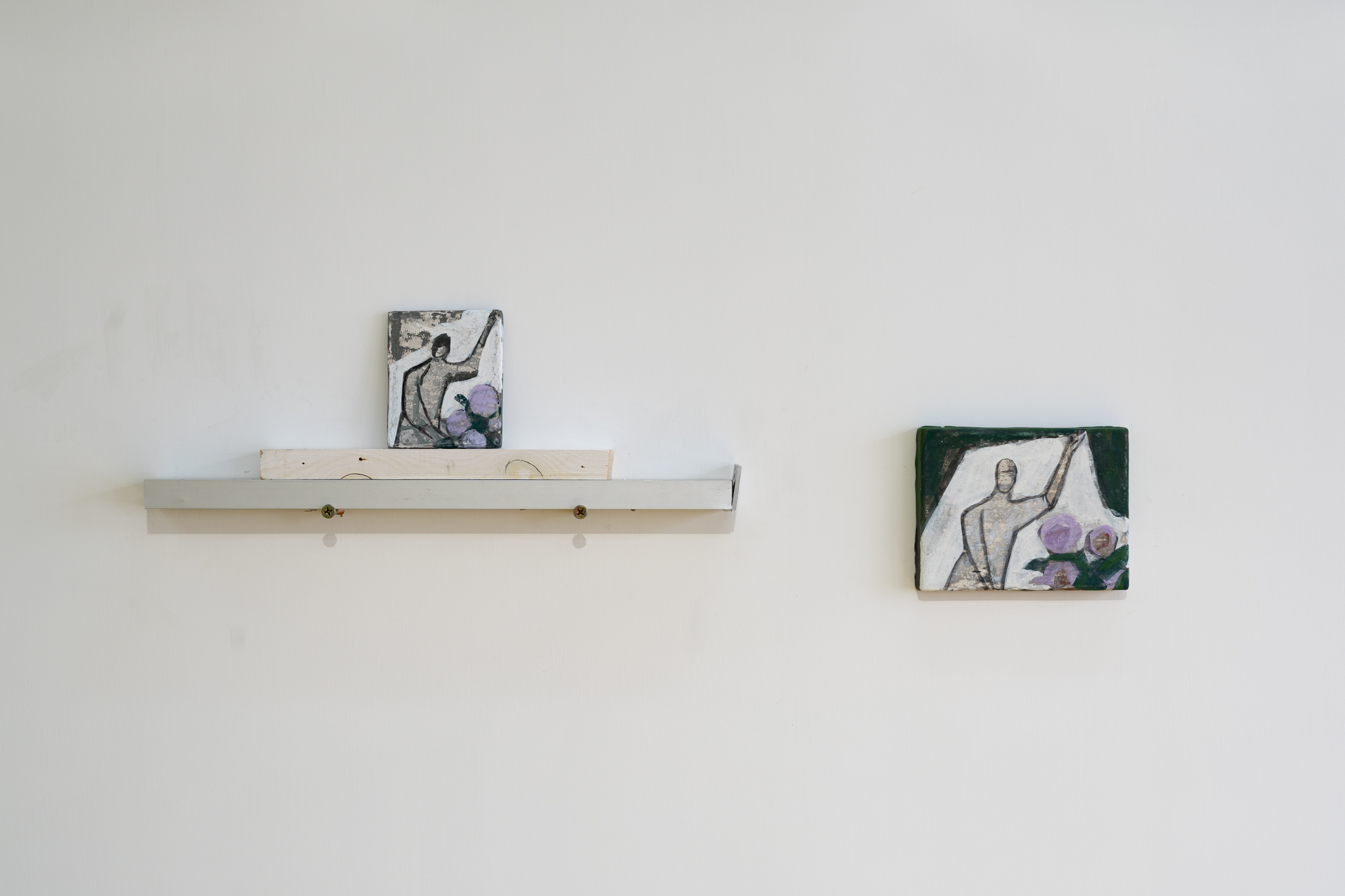
Tempera on cardboard and wood
A set of 2
12 x 10 cm, 14.2 x 18.3 cm
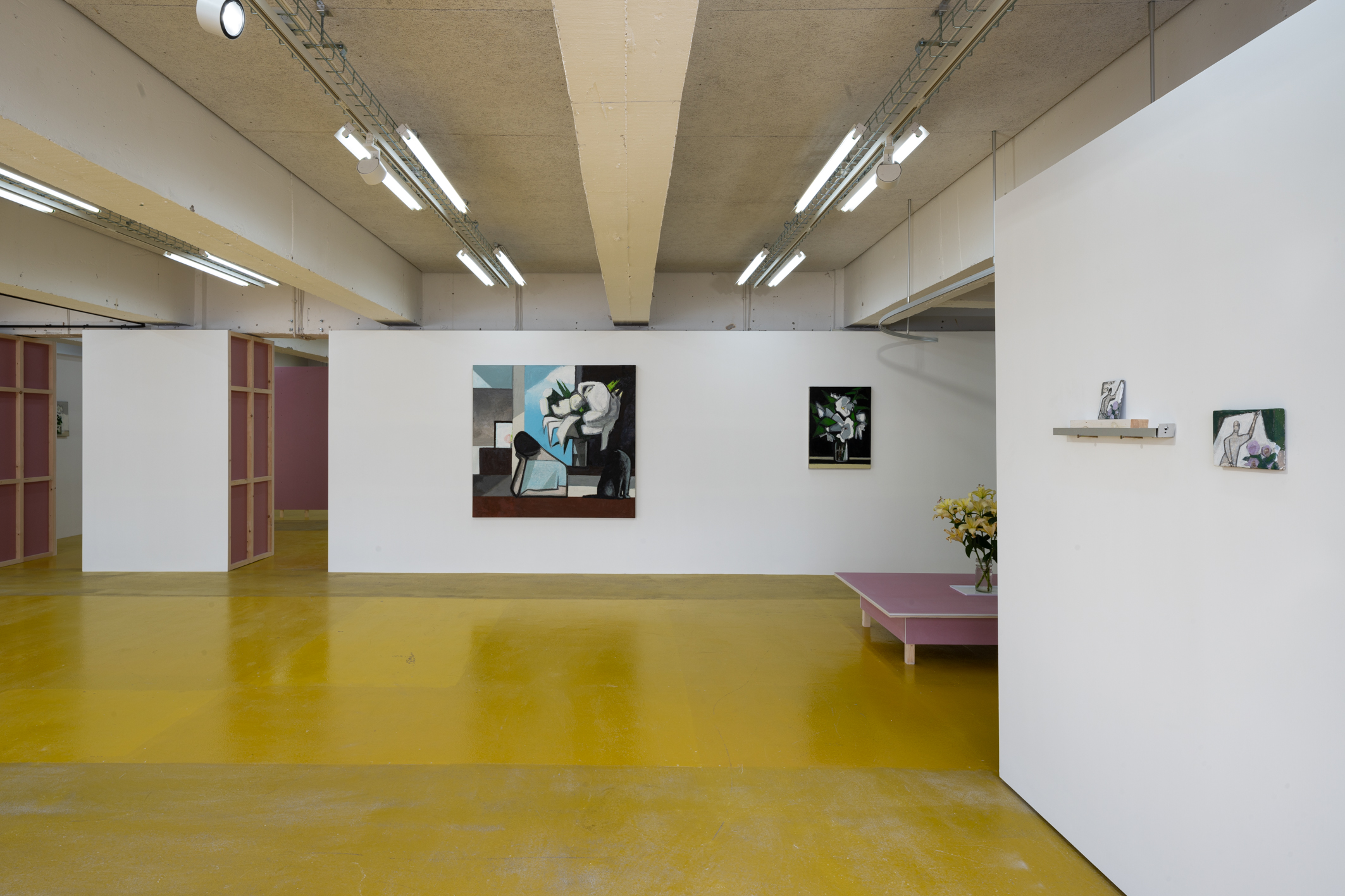
‘Flowers of Hong Kong’, Kiang Malingue, Hong Kong, 2024
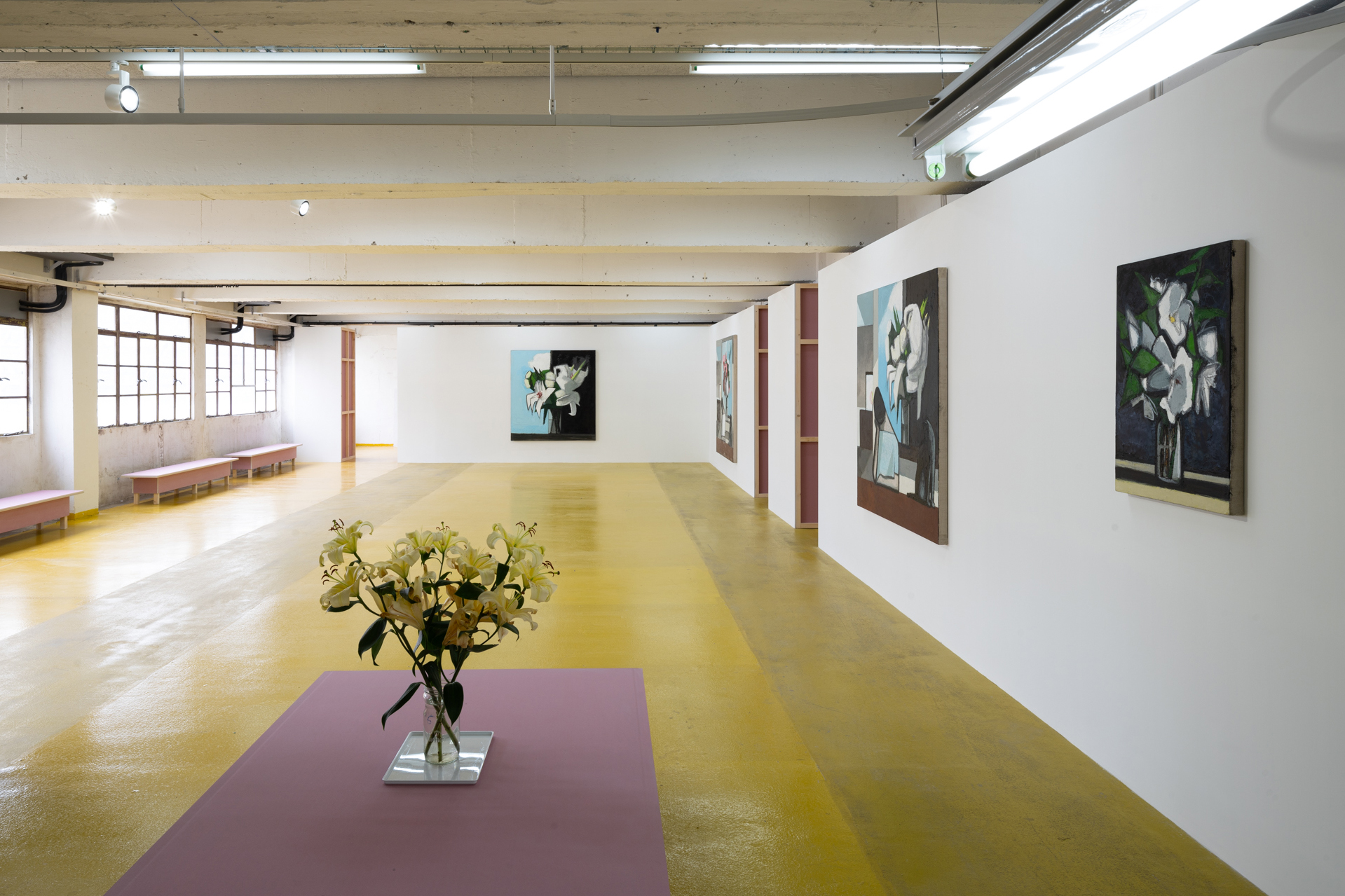
‘Flowers of Hong Kong’, Kiang Malingue, Hong Kong, 2024

‘Flowers of Hong Kong’, Kiang Malingue, Hong Kong, 2024
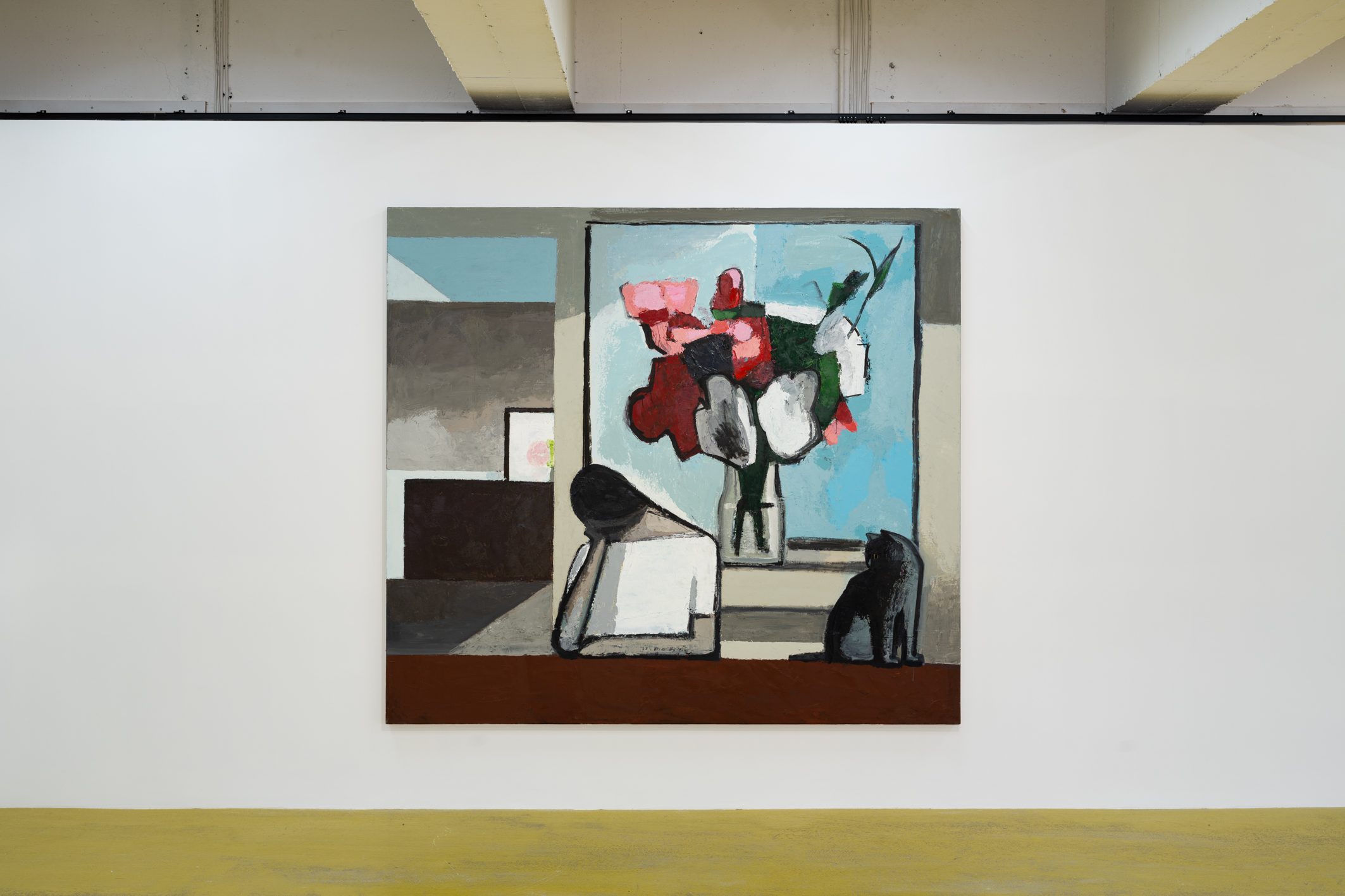
Oil on canvas
180 x 200 cm
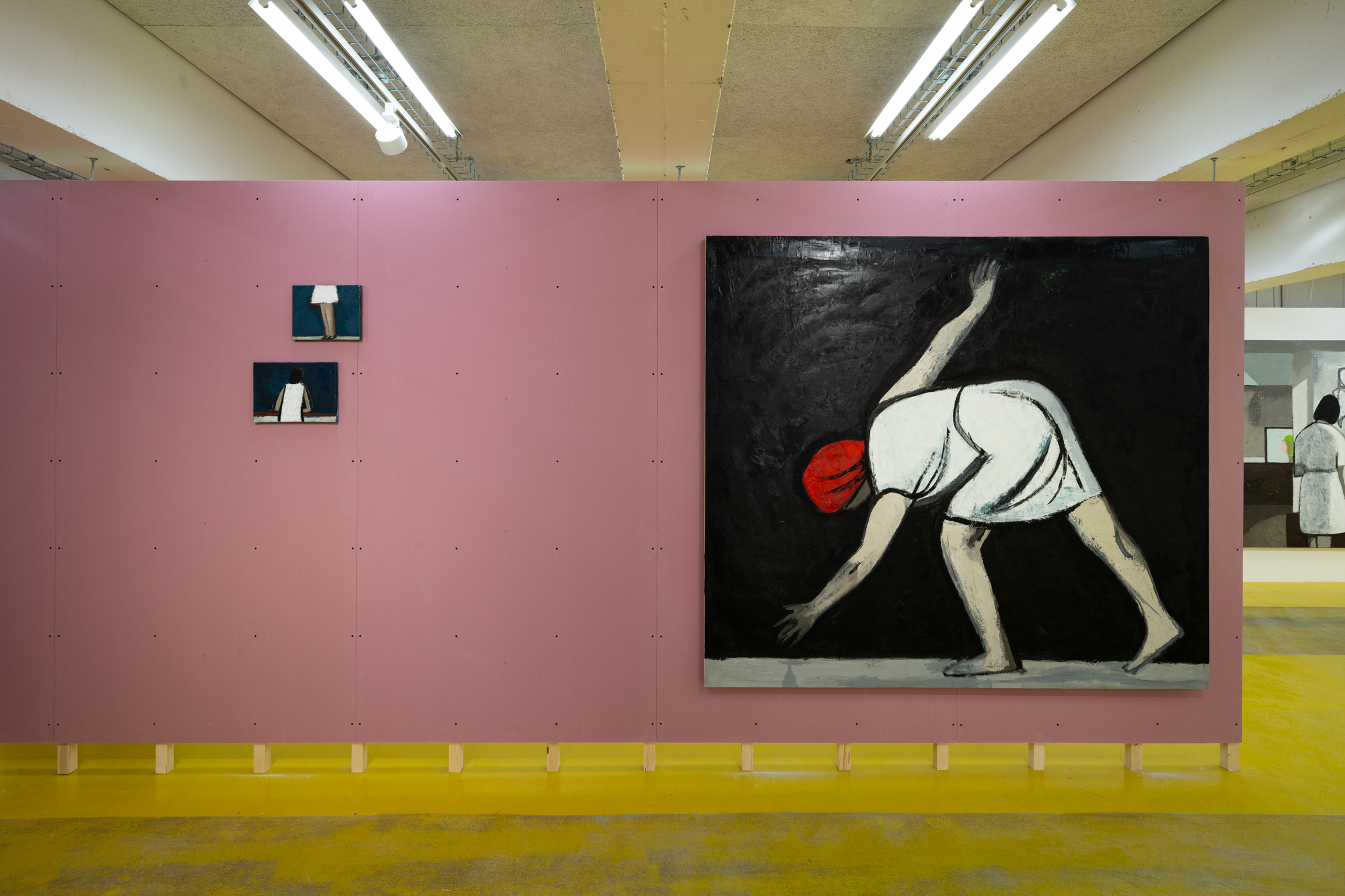
‘Flowers of Hong Kong’, Kiang Malingue, Hong Kong, 2024
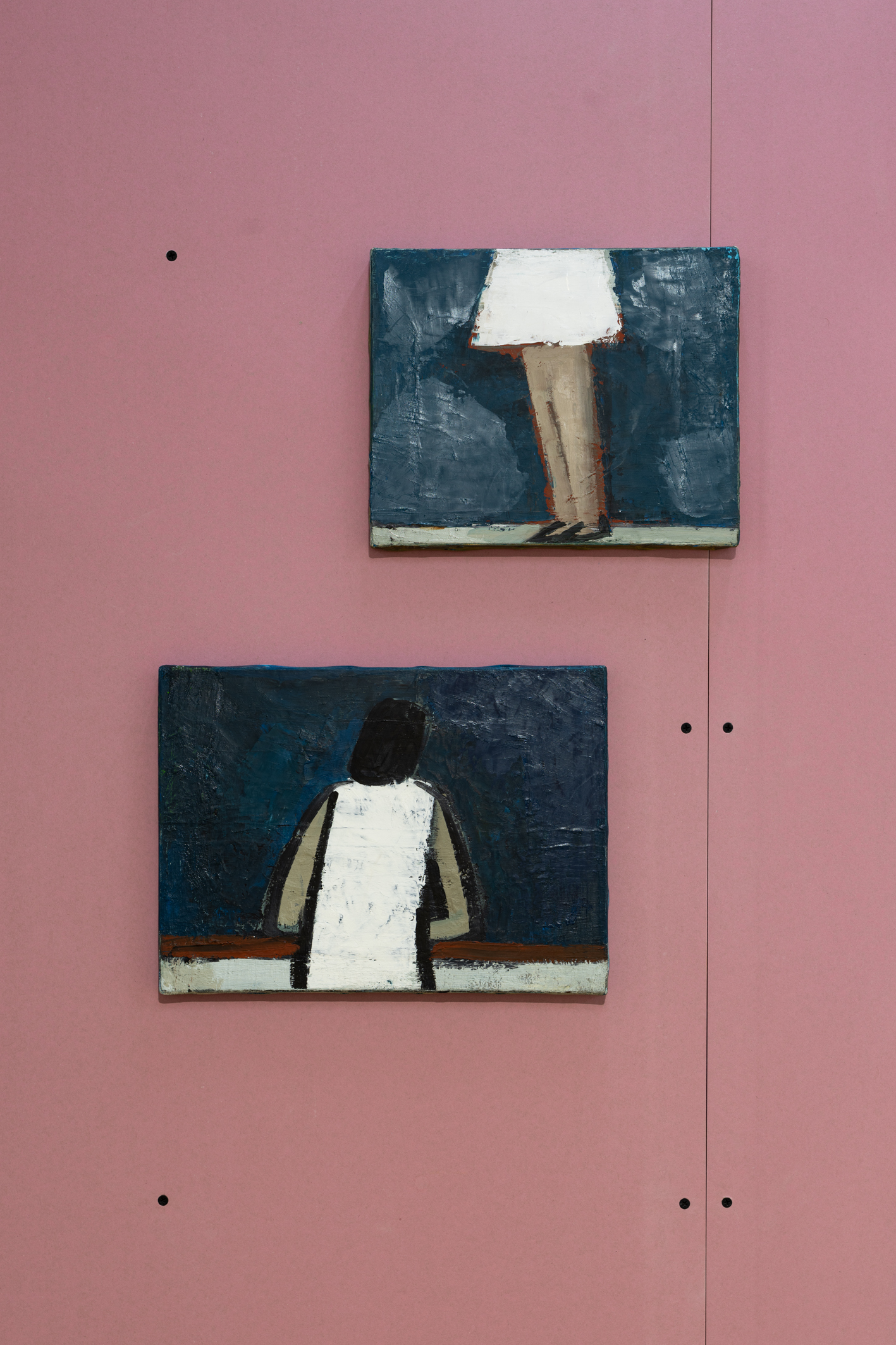
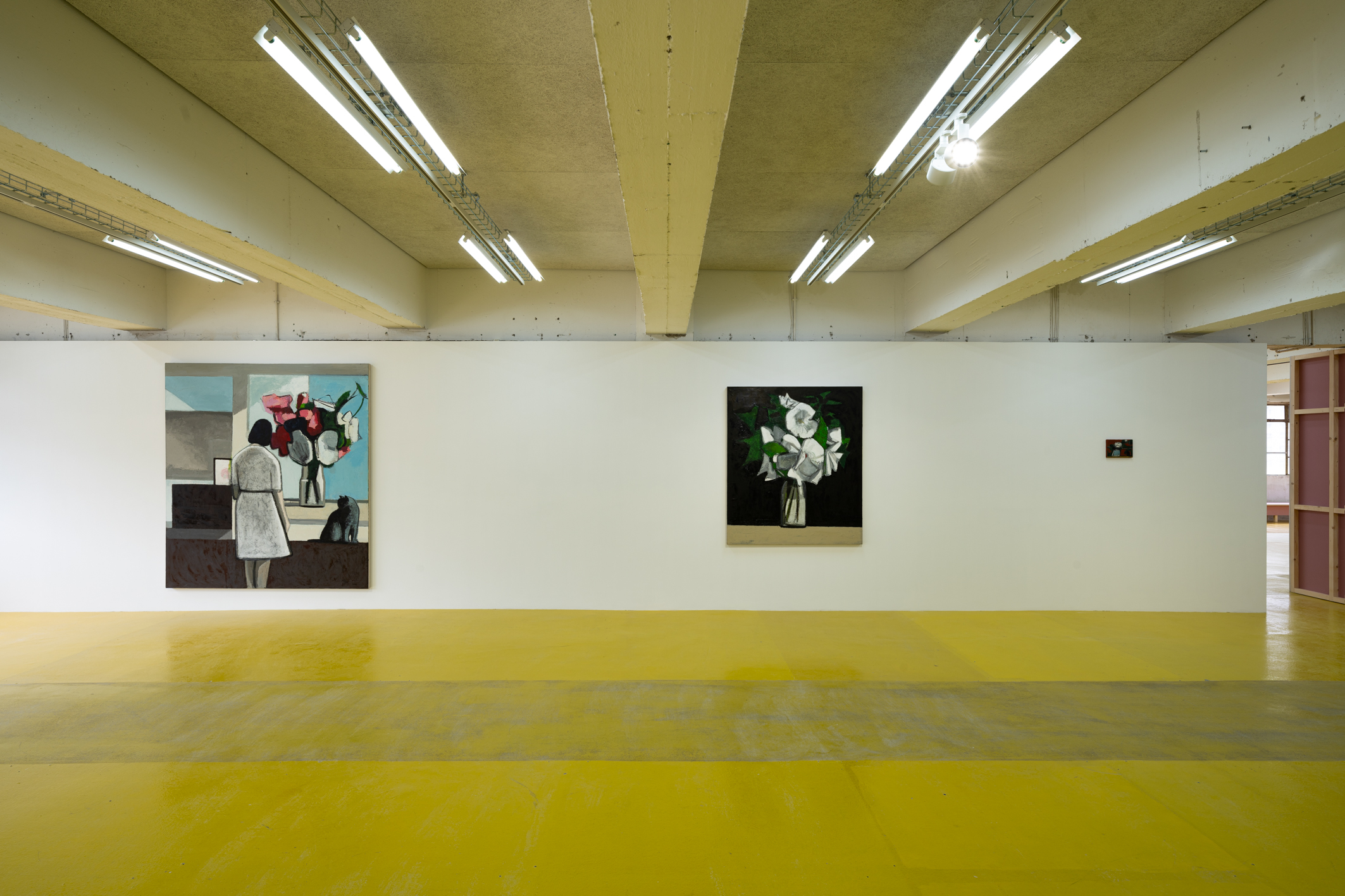
‘Flowers of Hong Kong’, Kiang Malingue, Hong Kong, 2024
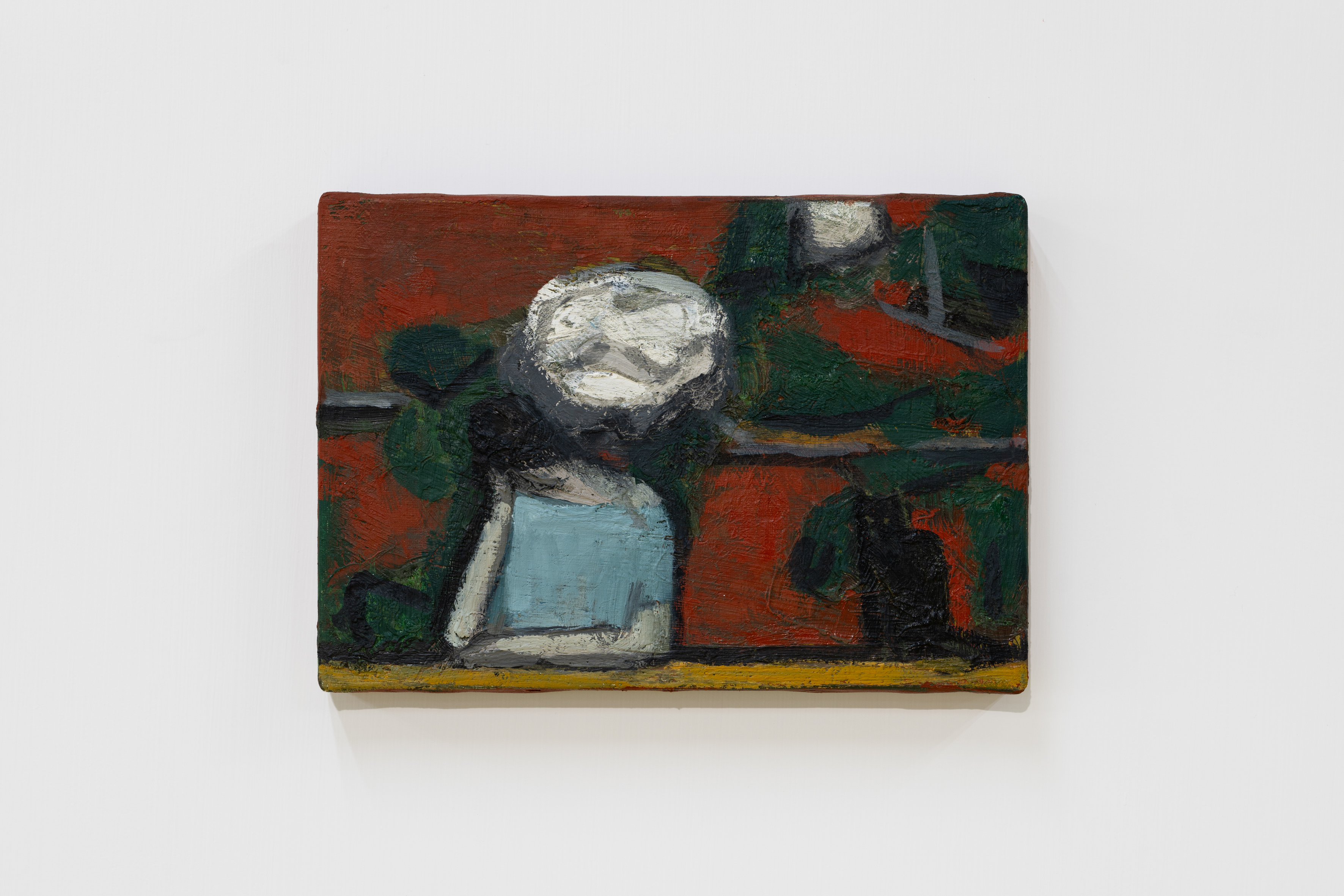
Oil on canvas
16 x 23 cm
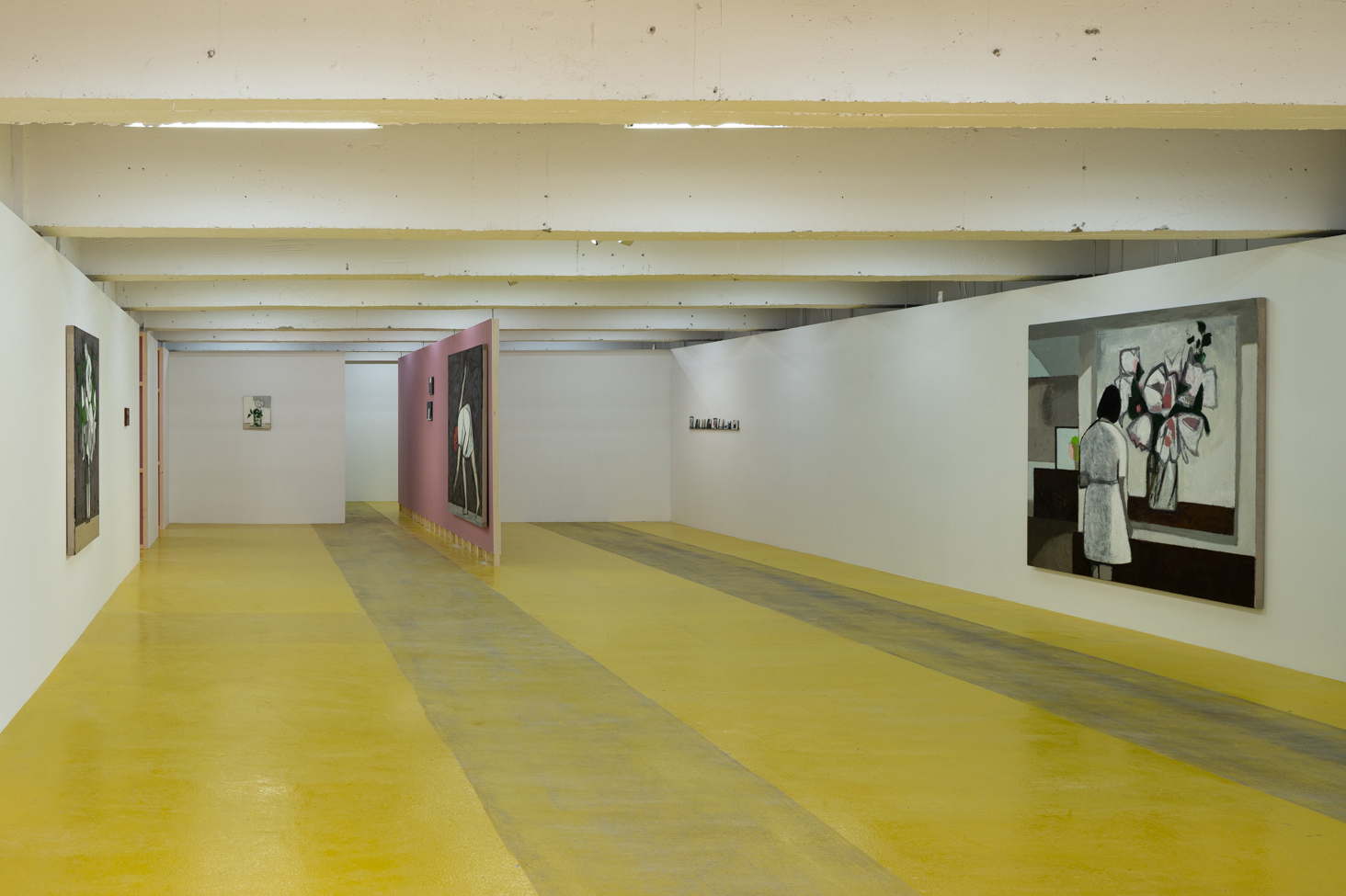
‘Flowers of Hong Kong’, Kiang Malingue, Hong Kong, 2024

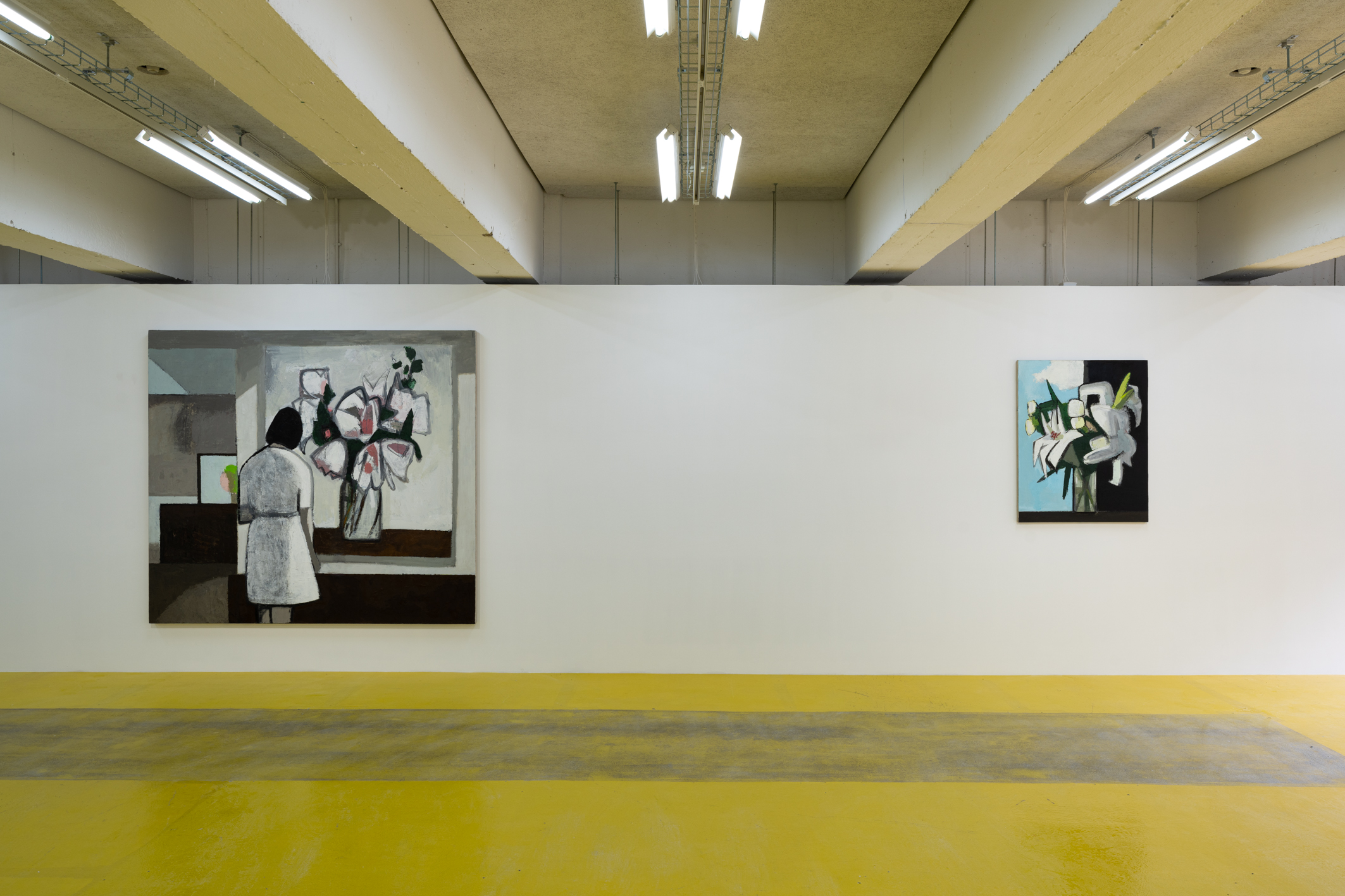
‘Flowers of Hong Kong’, Kiang Malingue, Hong Kong, 2024

Oil on canvas
180 x 200 cm
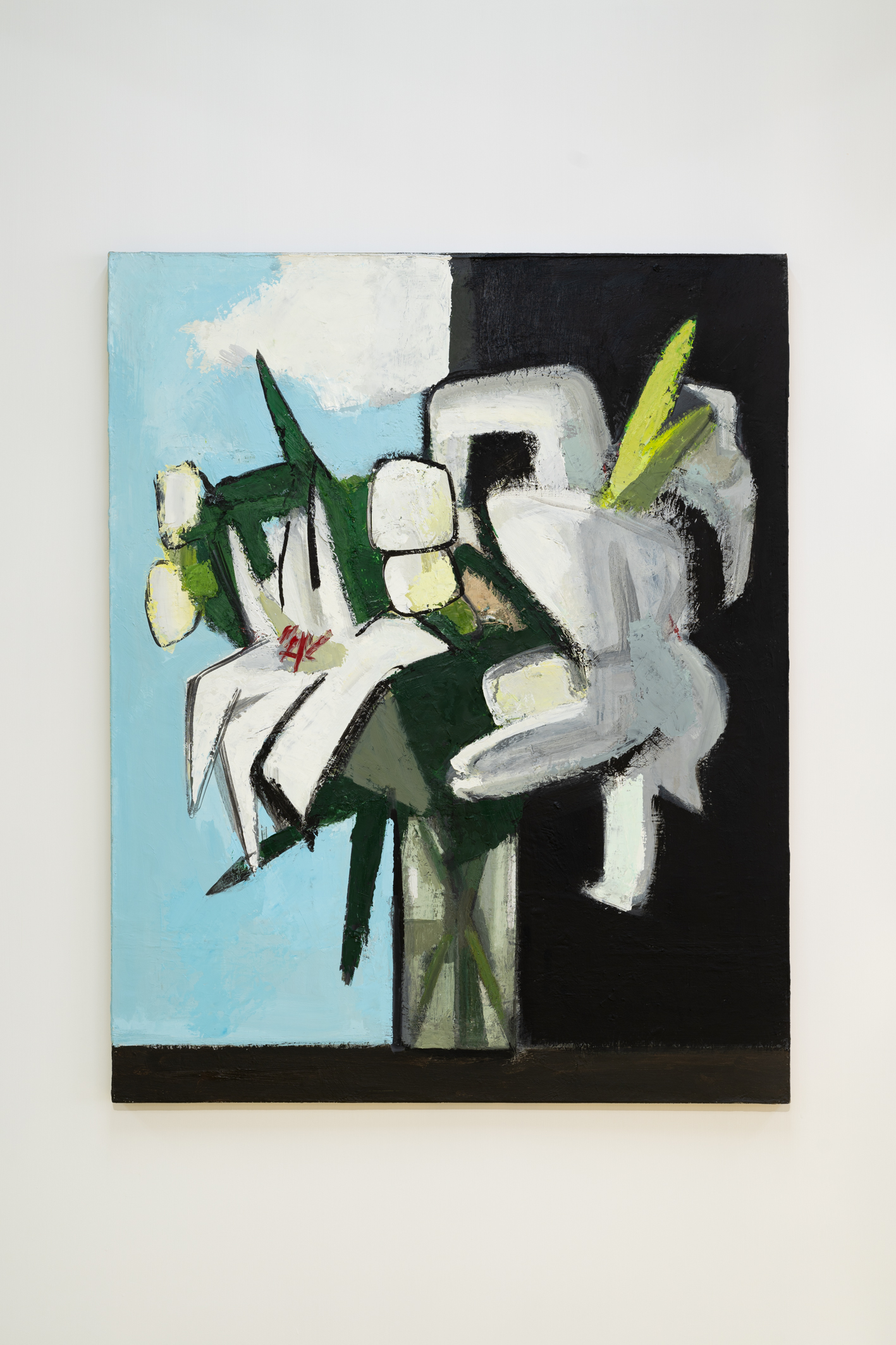
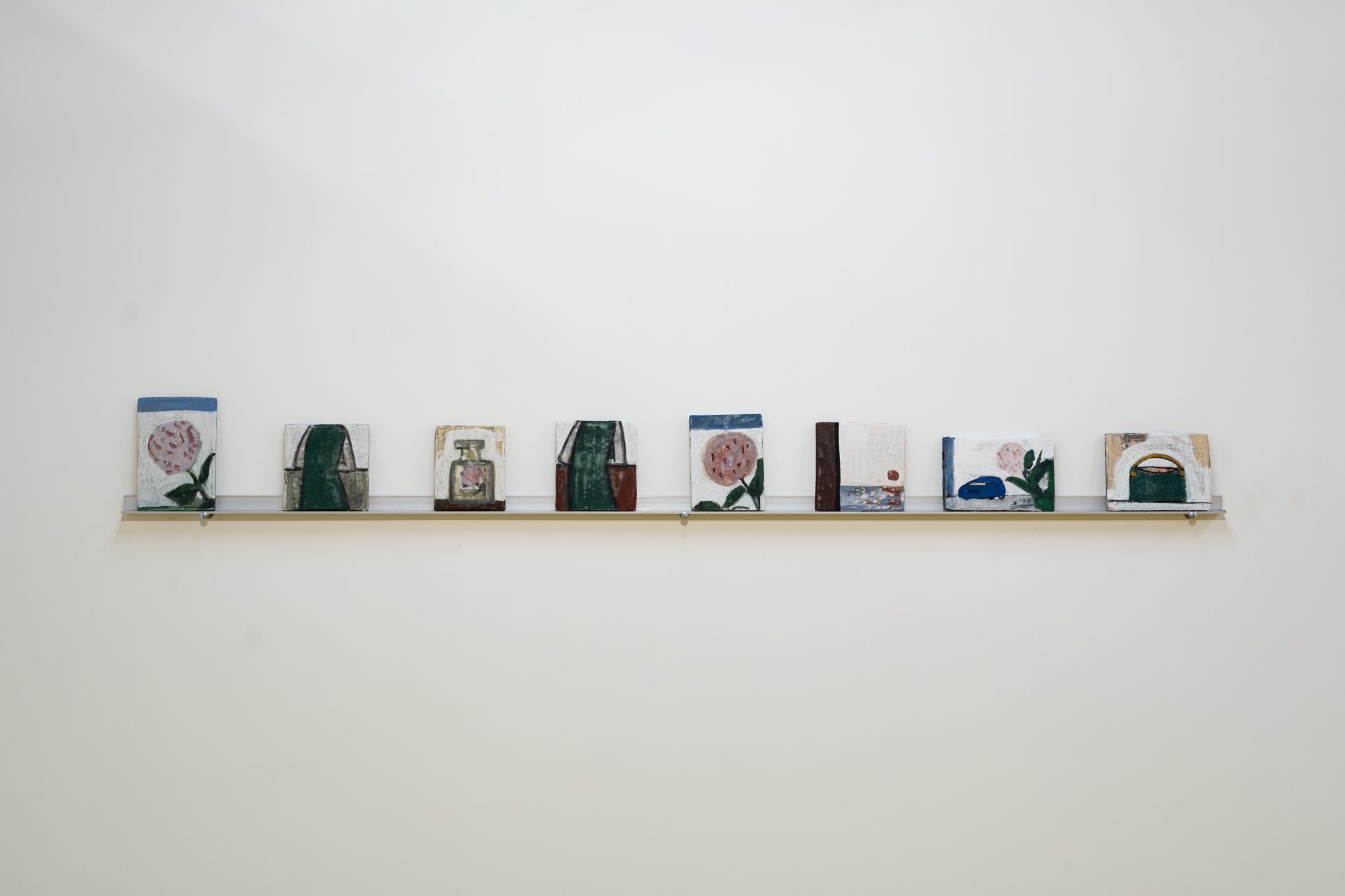
Tempera on cardboard
A set of 8
16 x 11.2 cm, 12.5 x 12 cm,
12.2 x 10 cm, 11.5 x 12.8 cm,
14 x 10.5 cm, 12.7 x 12.8 cm,
10.7 x 16 cm, 11.3 x 15 cm
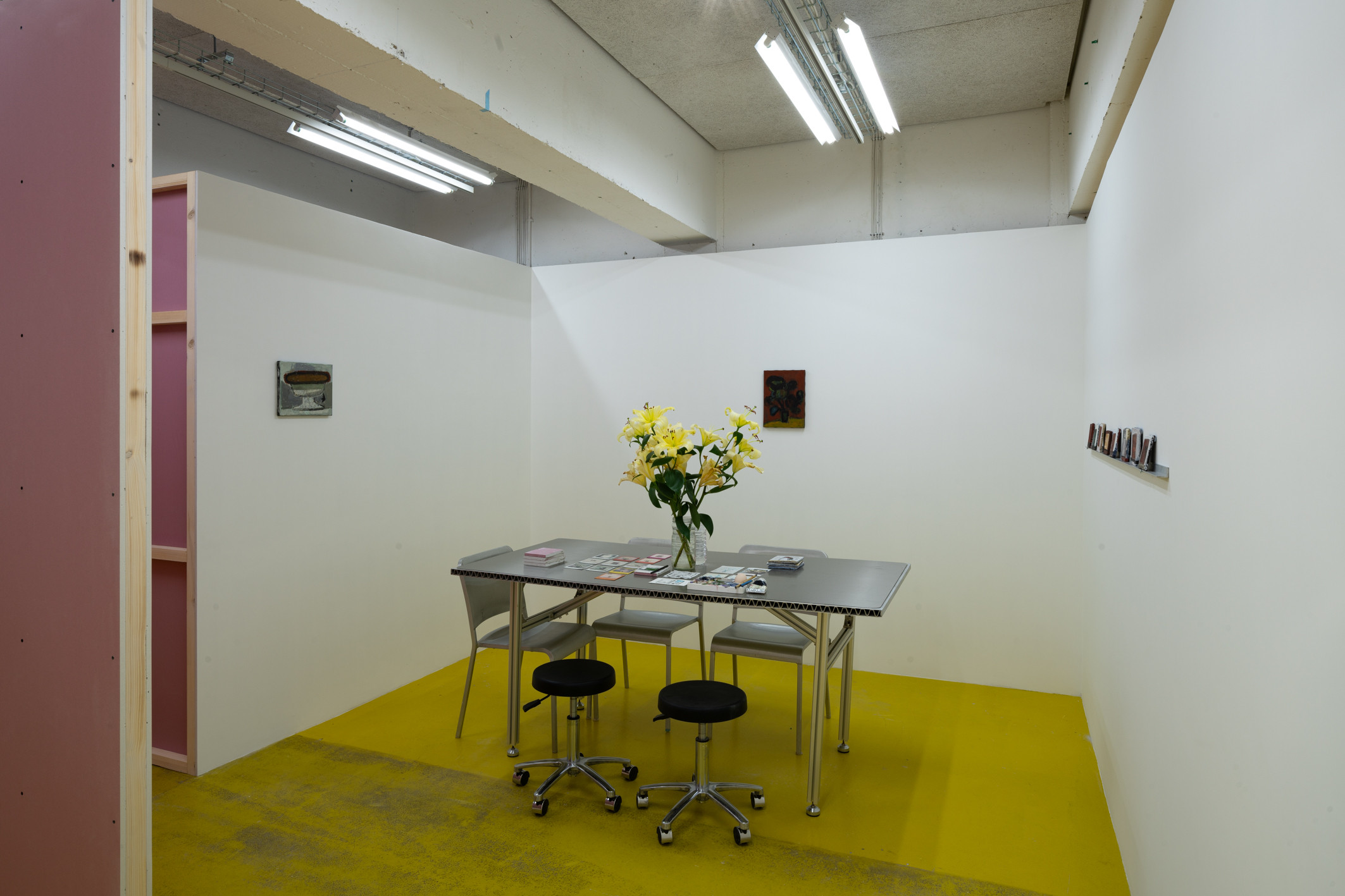
‘Flowers of Hong Kong’, Kiang Malingue, Hong Kong, 2024
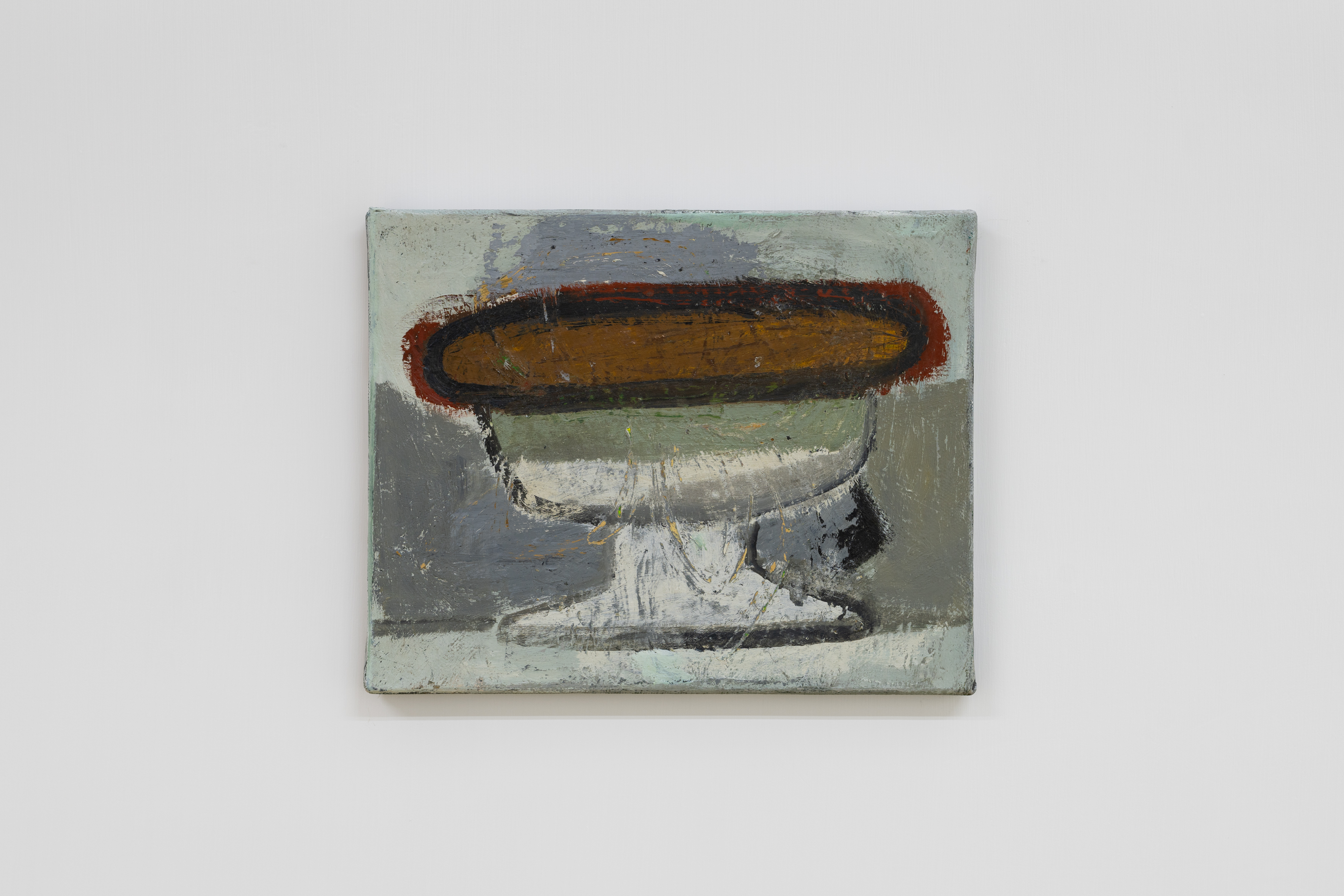
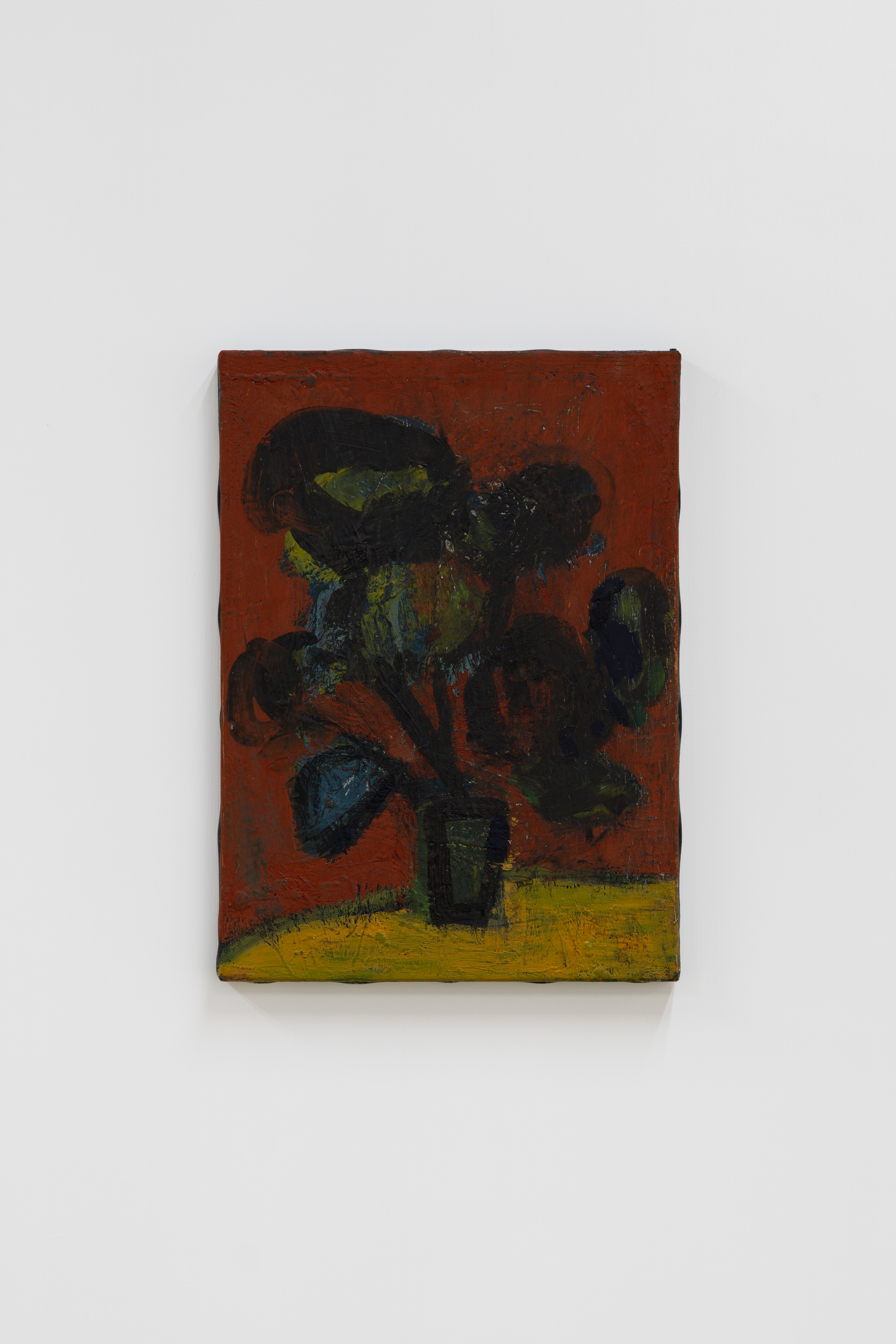
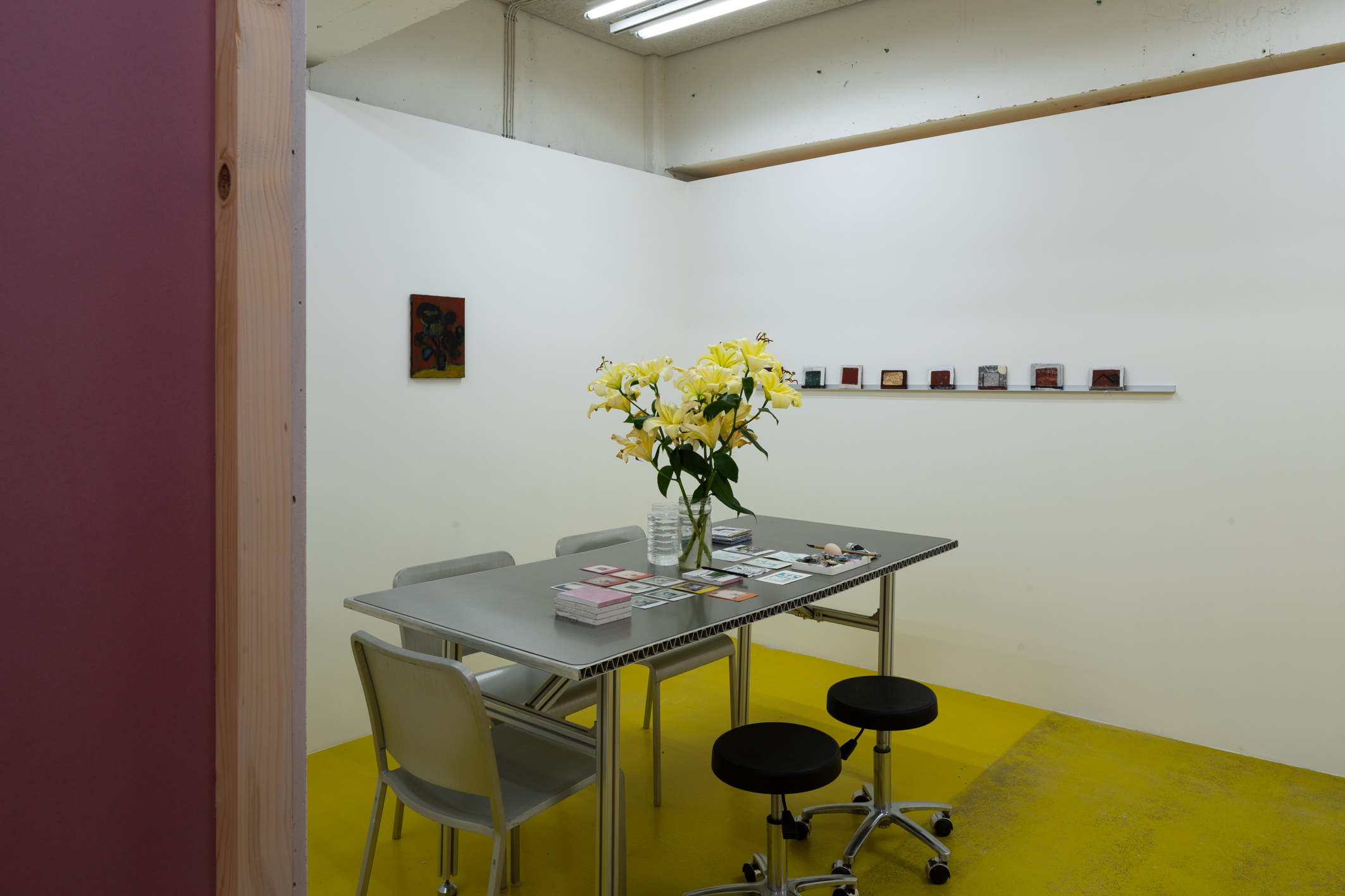
‘Flowers of Hong Kong’, Kiang Malingue, Hong Kong, 2024
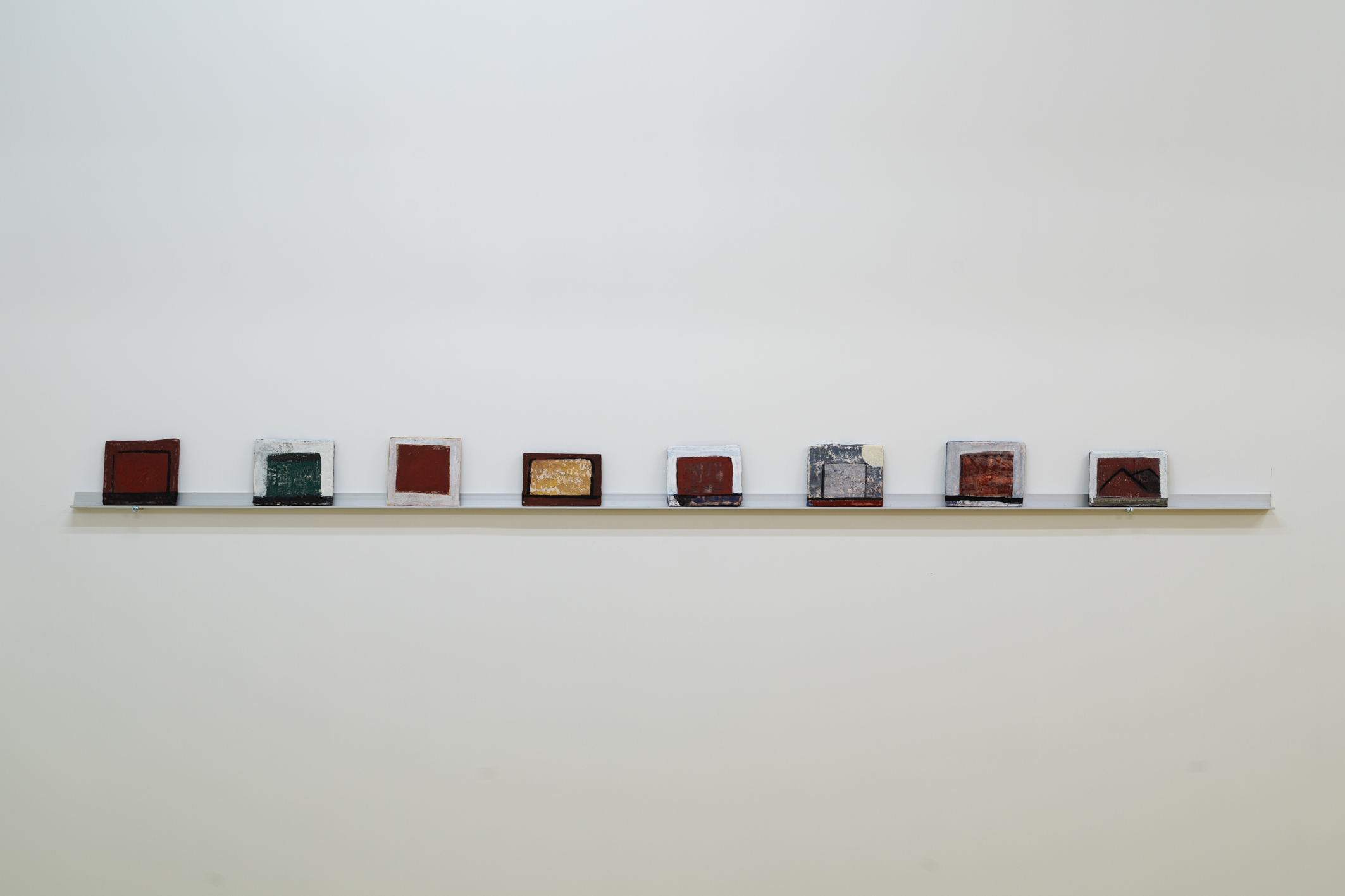
Tempera on cardboard
A set of 8
11 x 11.9 cm, 10.7 x 12.7 cm,
11.3 x 11.6 cm, 8.6 x 12.7 cm,
10.2 x 11.8 cm, 10.5 x 12.3 cm,
10.9 x 12.9 cm, 9.6 x 12.8 cm
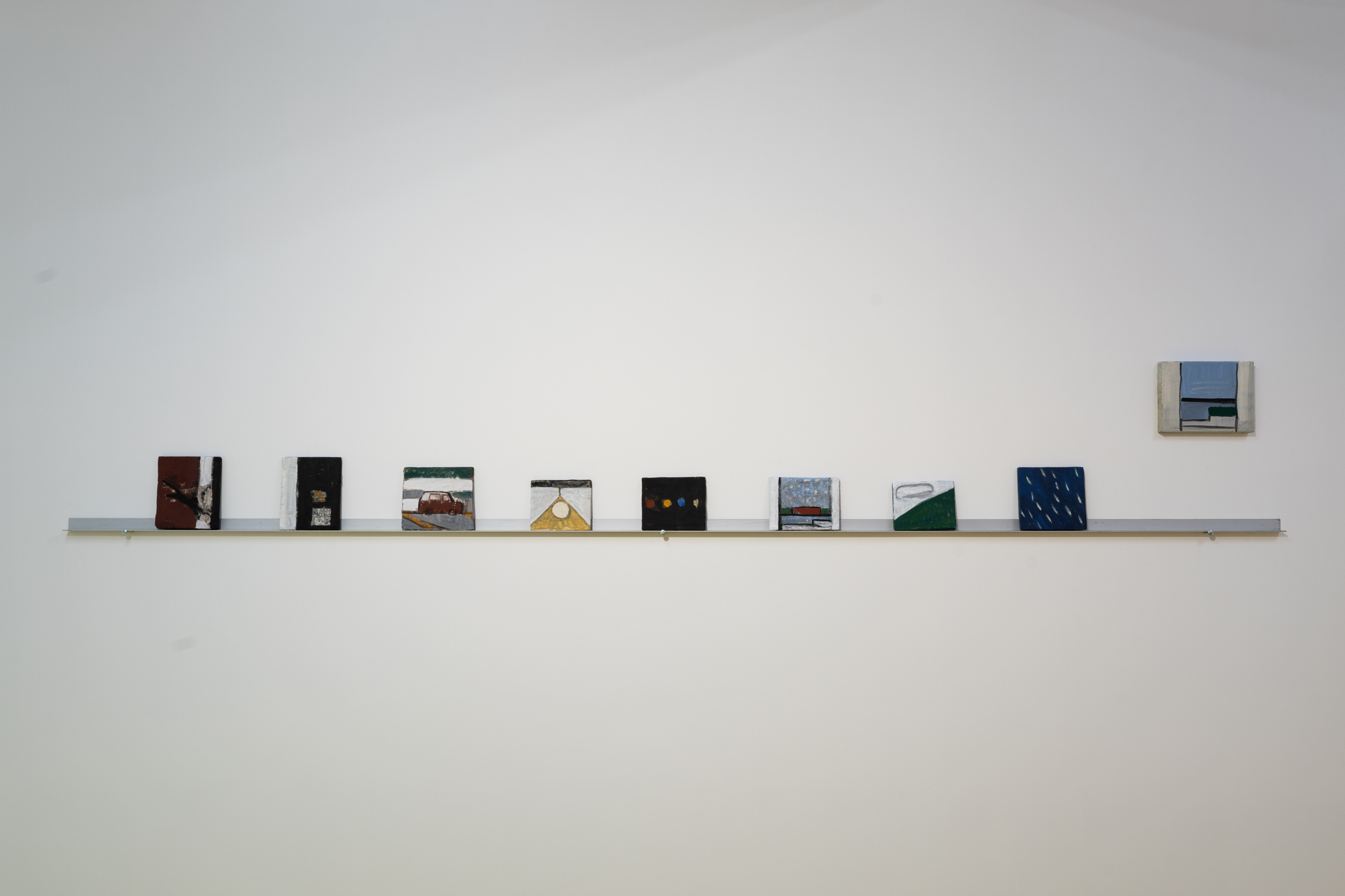
A set of 9
10 x 12.2 cm, 12.5 x 13.2 cm,

in ‘Détournement’, 798 Art Zone Buildings, Beijing, China, 2020
Photo: Yang Chao Photography Studio

in ‘Détournement’, 798 Art Zone Buildings, Beijing, China, 2020
Photo: Yang Chao Photography Studio

in ‘Détournement’, 798 Art Zone Buildings, Beijing, China, 2020
Photo: Yang Chao Photography Studio

in ‘Détournement’, 798 Art Zone Buildings, Beijing, China, 2020
Photo: Yang Chao Photography Studio
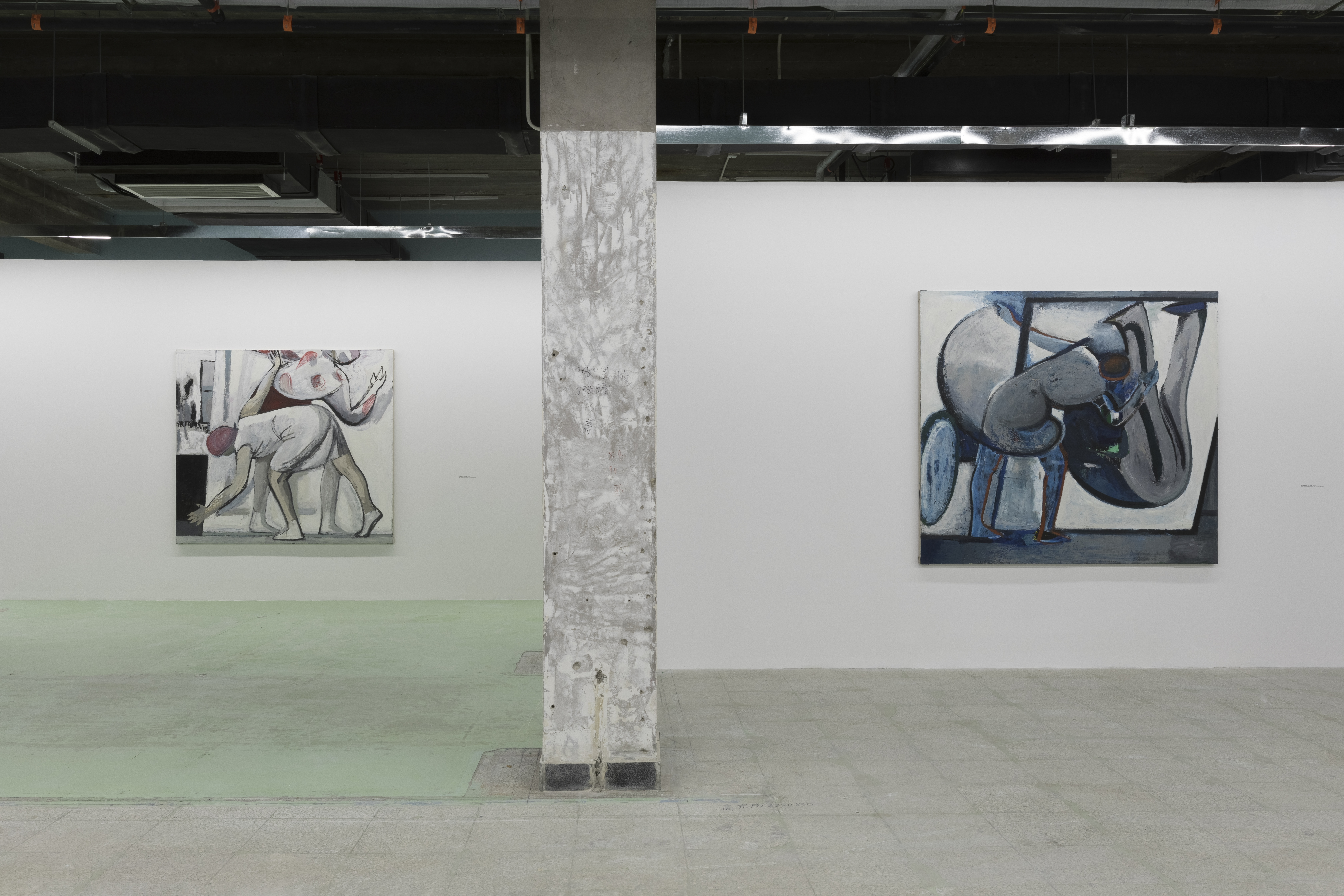
in ‘Détournement’, 798 Art Zone Buildings, Beijing, China, 2020
Photo: Yang Chao Photography Studio
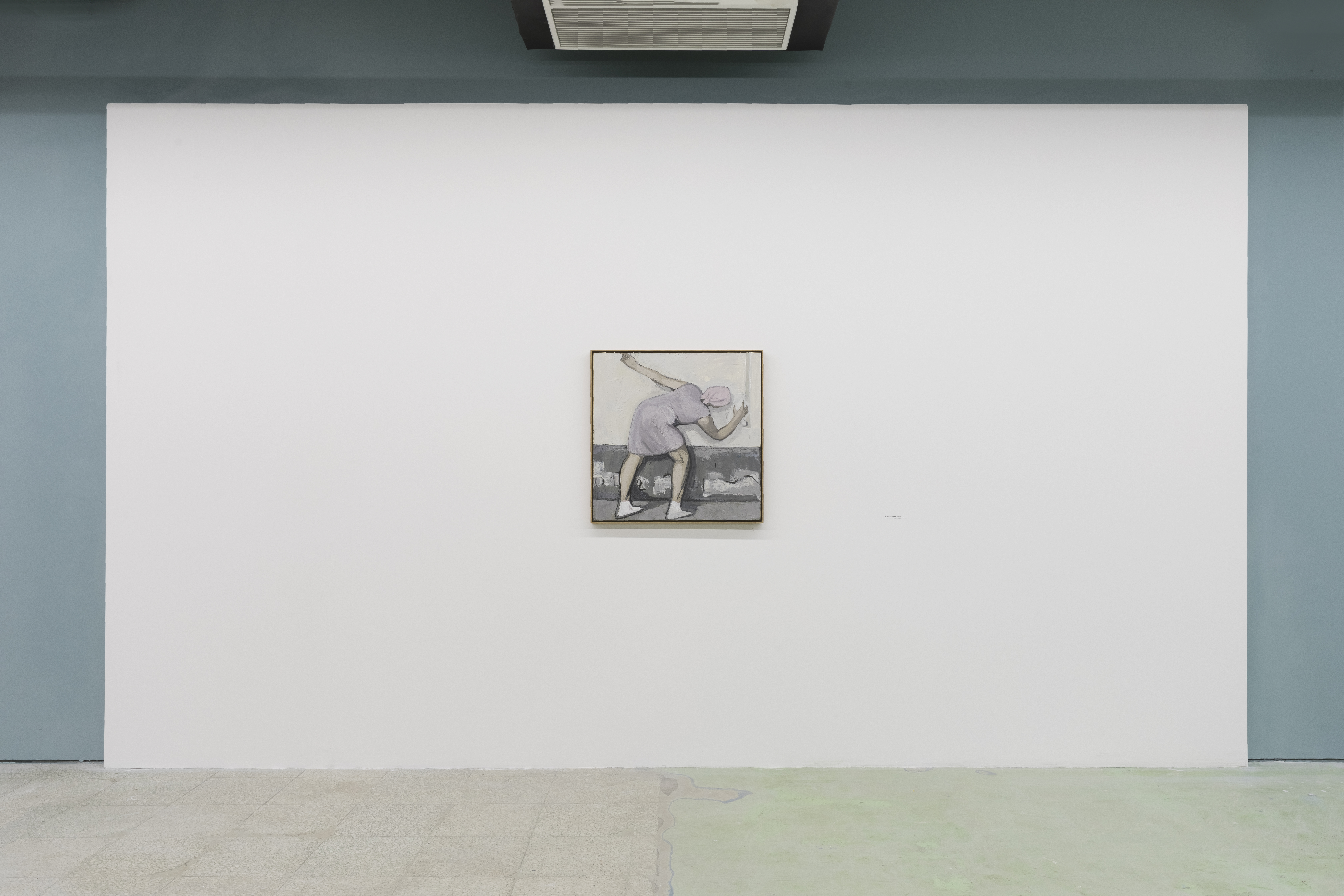
in ‘Détournement’, 798 Art Zone Buildings, Beijing, China, 2020
Photo: Yang Chao Photography Studio
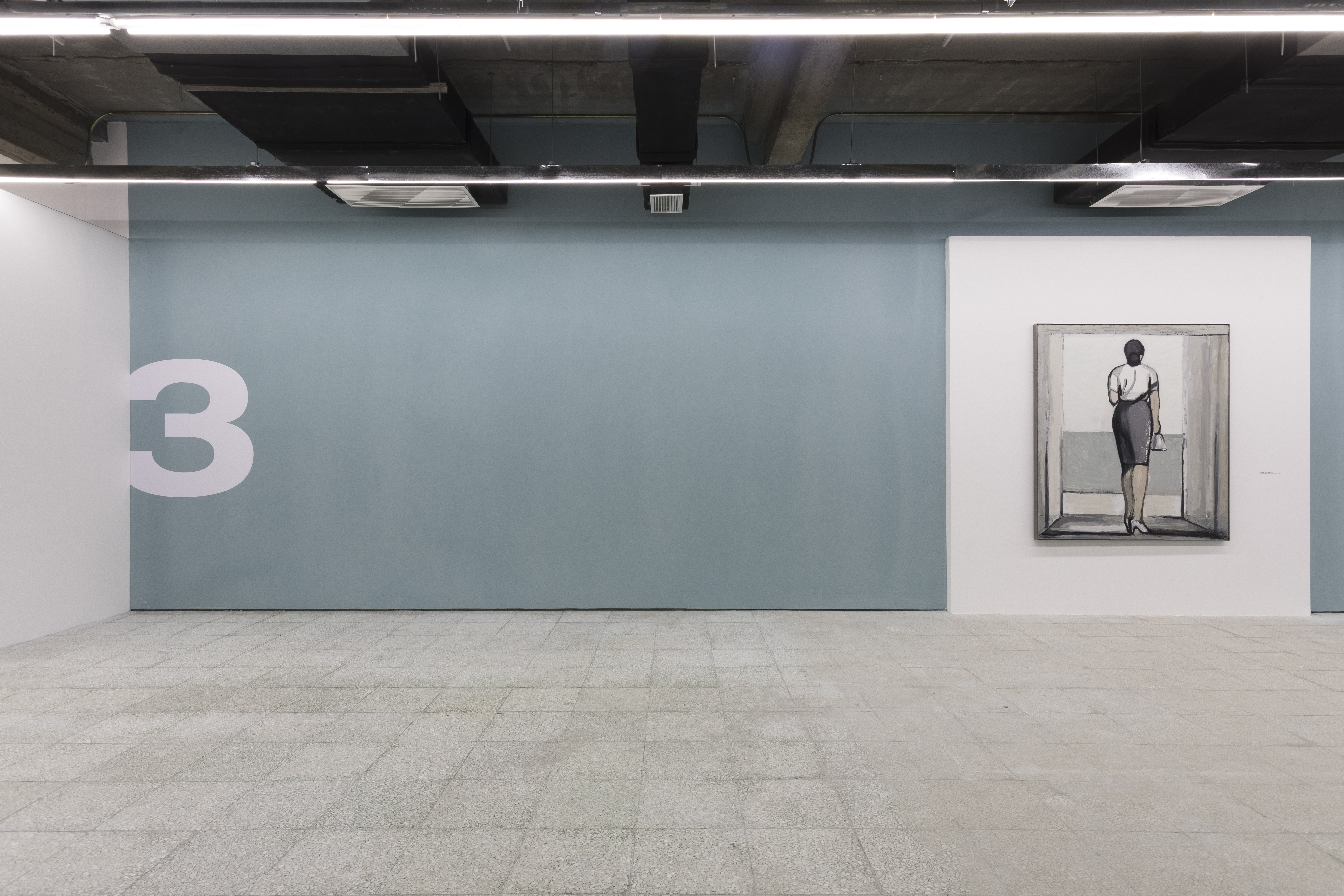
in ‘Détournement’, 798 Art Zone Buildings, Beijing, China, 2020
Photo: Yang Chao Photography Studio
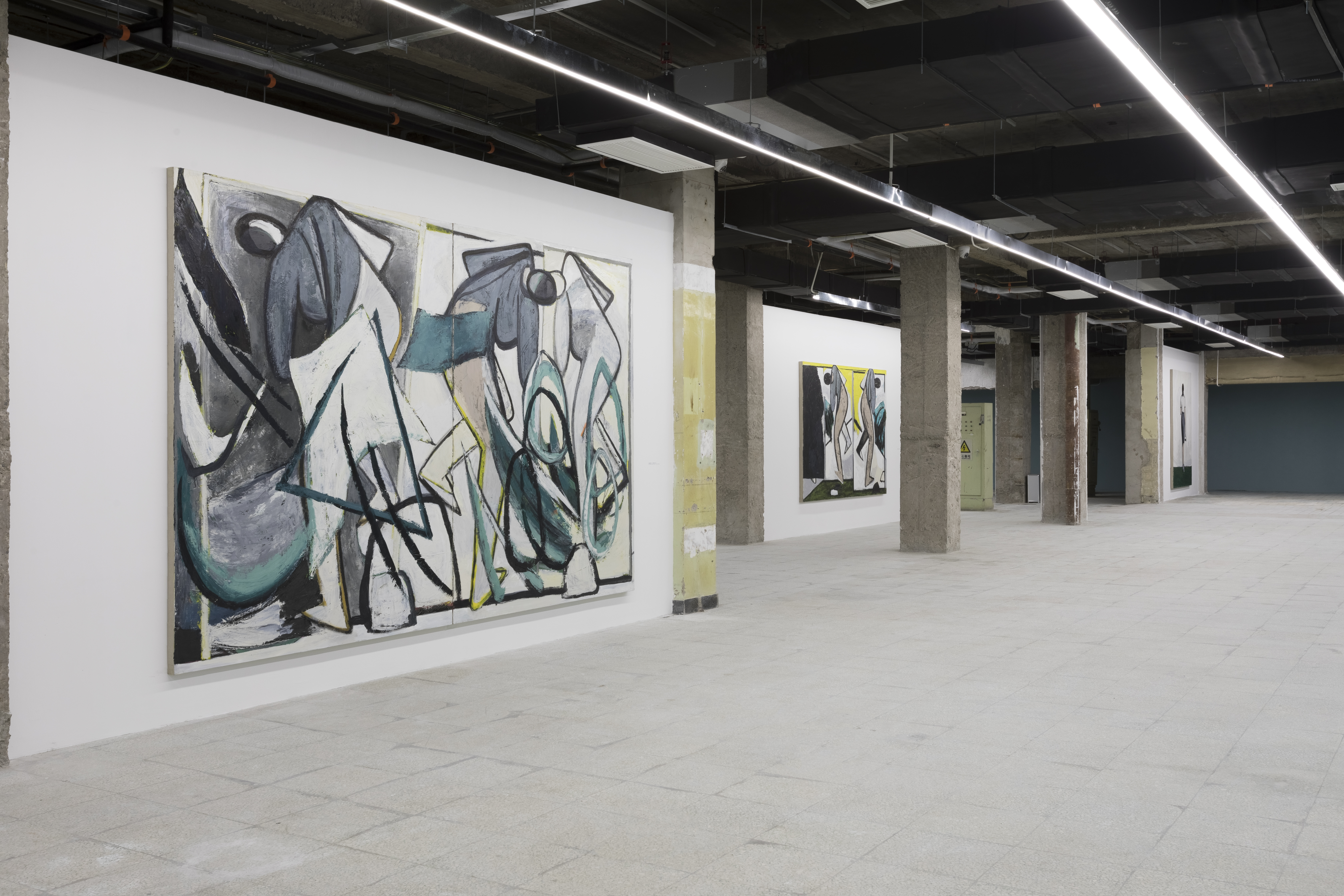
in ‘Détournement’, 798 Art Zone Buildings, Beijing, China, 2020
Photo: Yang Chao Photography Studio
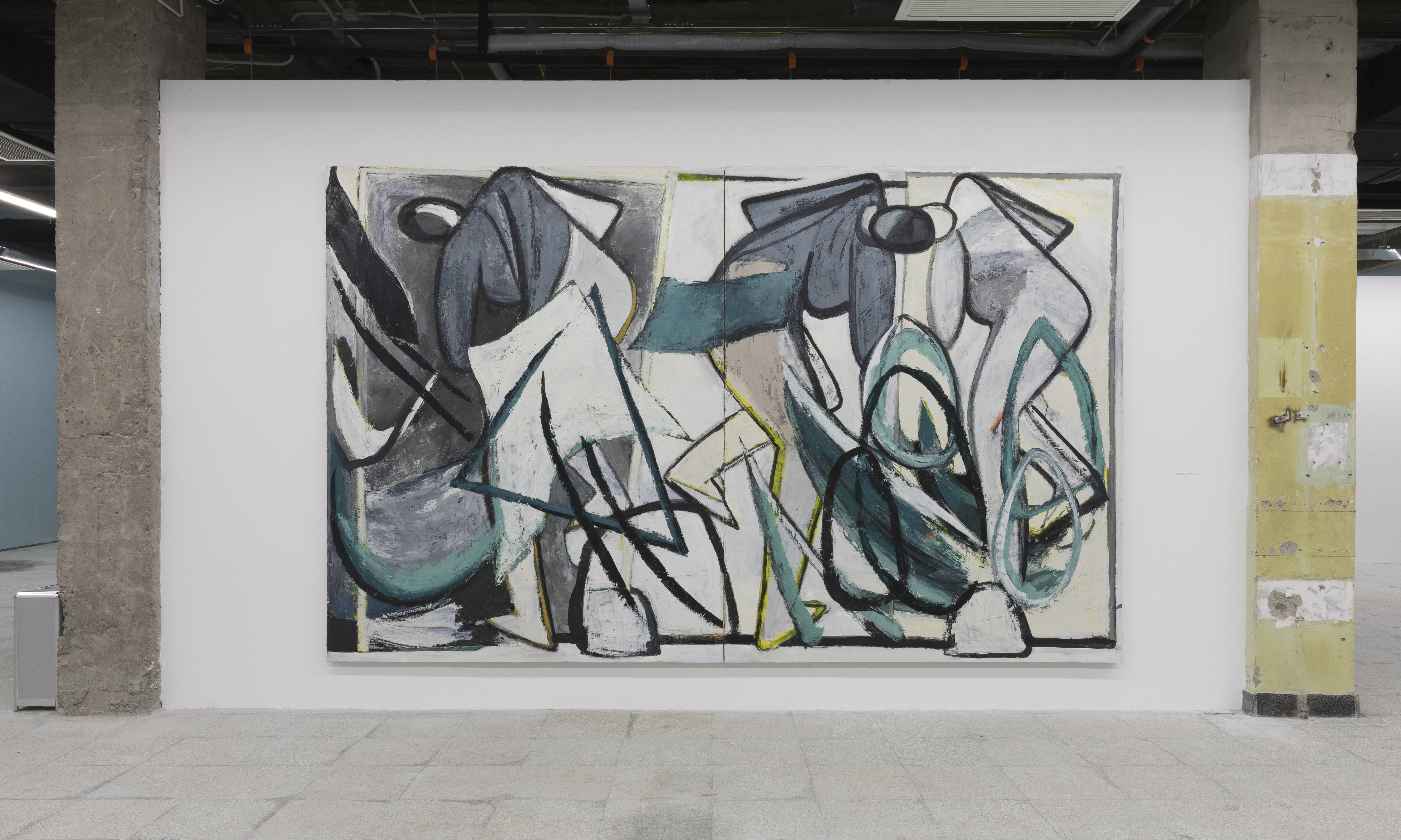
in ‘Détournement’, 798 Art Zone Buildings, Beijing, China, 2020
Photo: Yang Chao Photography Studio

in ‘Détournement’, 798 Art Zone Buildings, Beijing, China, 2020
Photo: Yang Chao Photography Studio
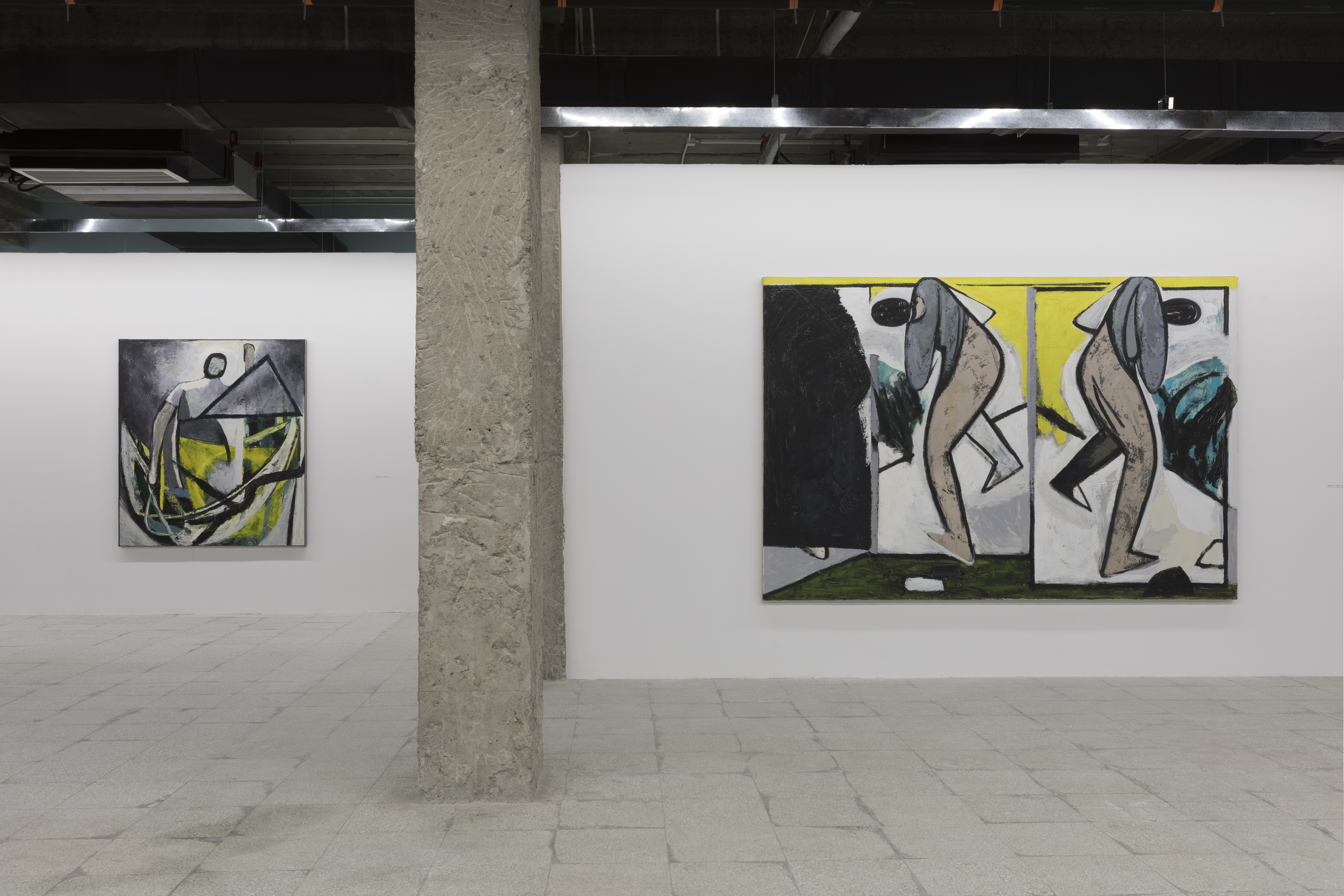
in ‘Détournement’, 798 Art Zone Buildings, Beijing, China, 2020
Photo: Yang Chao Photography Studio
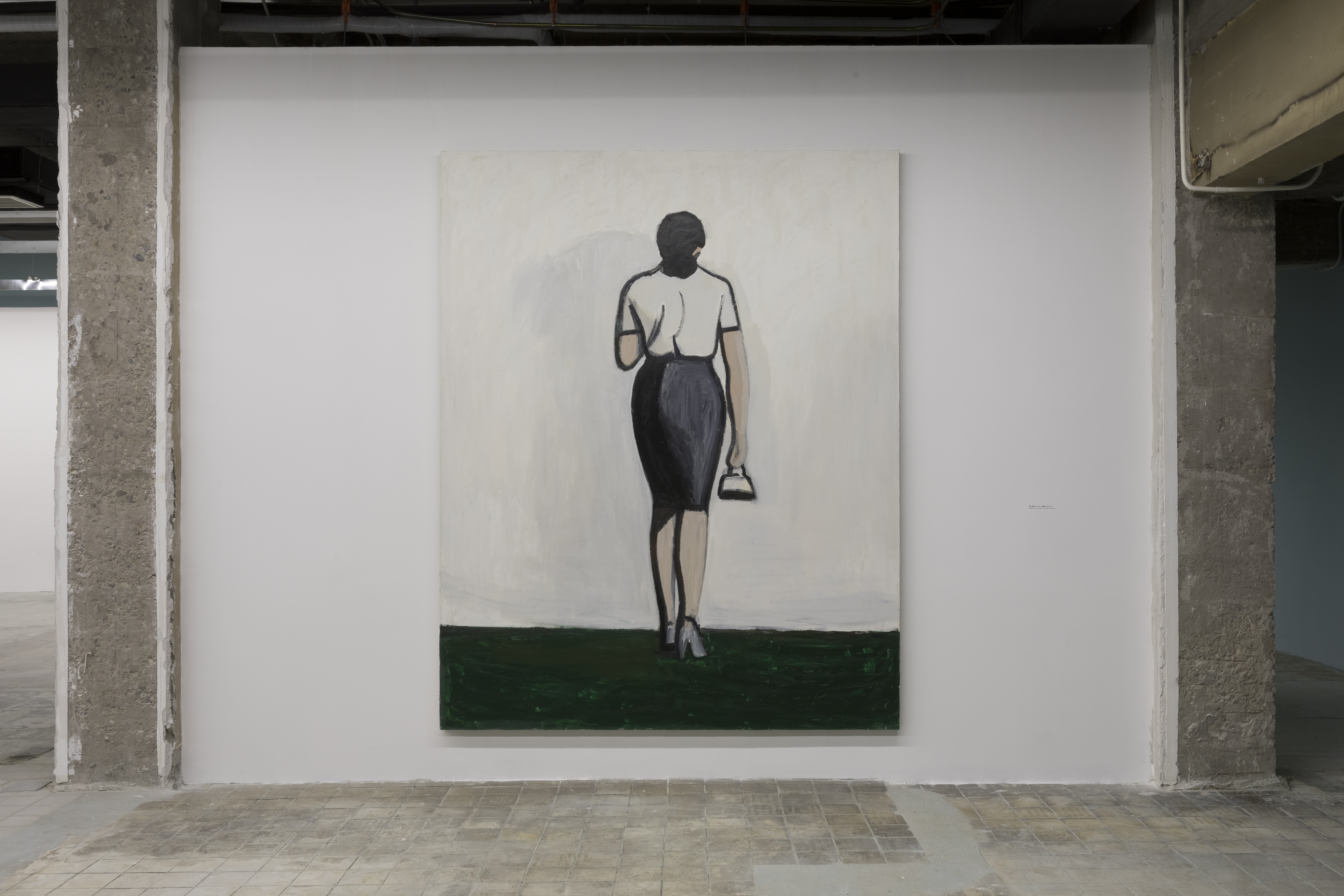
in ‘Détournement’, 798 Art Zone Buildings, Beijing, China, 2020
Photo: Yang Chao Photography Studio

Oil on canvas, 110 × 130 cm

Oil on canvas, 120 × 140 cm

Oil on canvas, 120 × 90 cm

Oil on canvas, 45.5 × 38cm

Oil on canvas, 33.5 × 24.3 cm

Oil on canvas, 200×250cm

Oil on canvas, 250×400cm

Oil on canvas, 220×660cm (in 3 pieces)

Oil on canvas, 200×300cm

Oil on canvas, 250 × 200cm
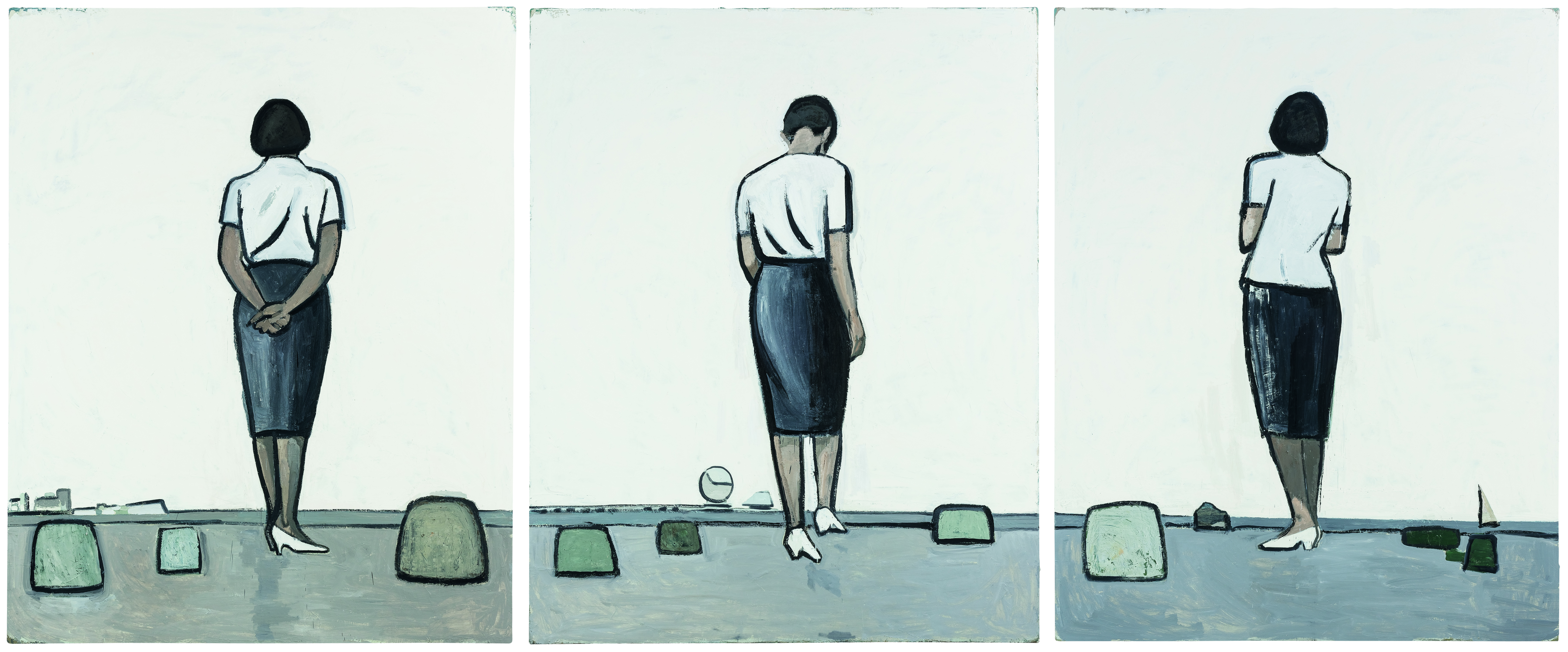
Oil on canvas, a triptych, each 250 × 200 cm
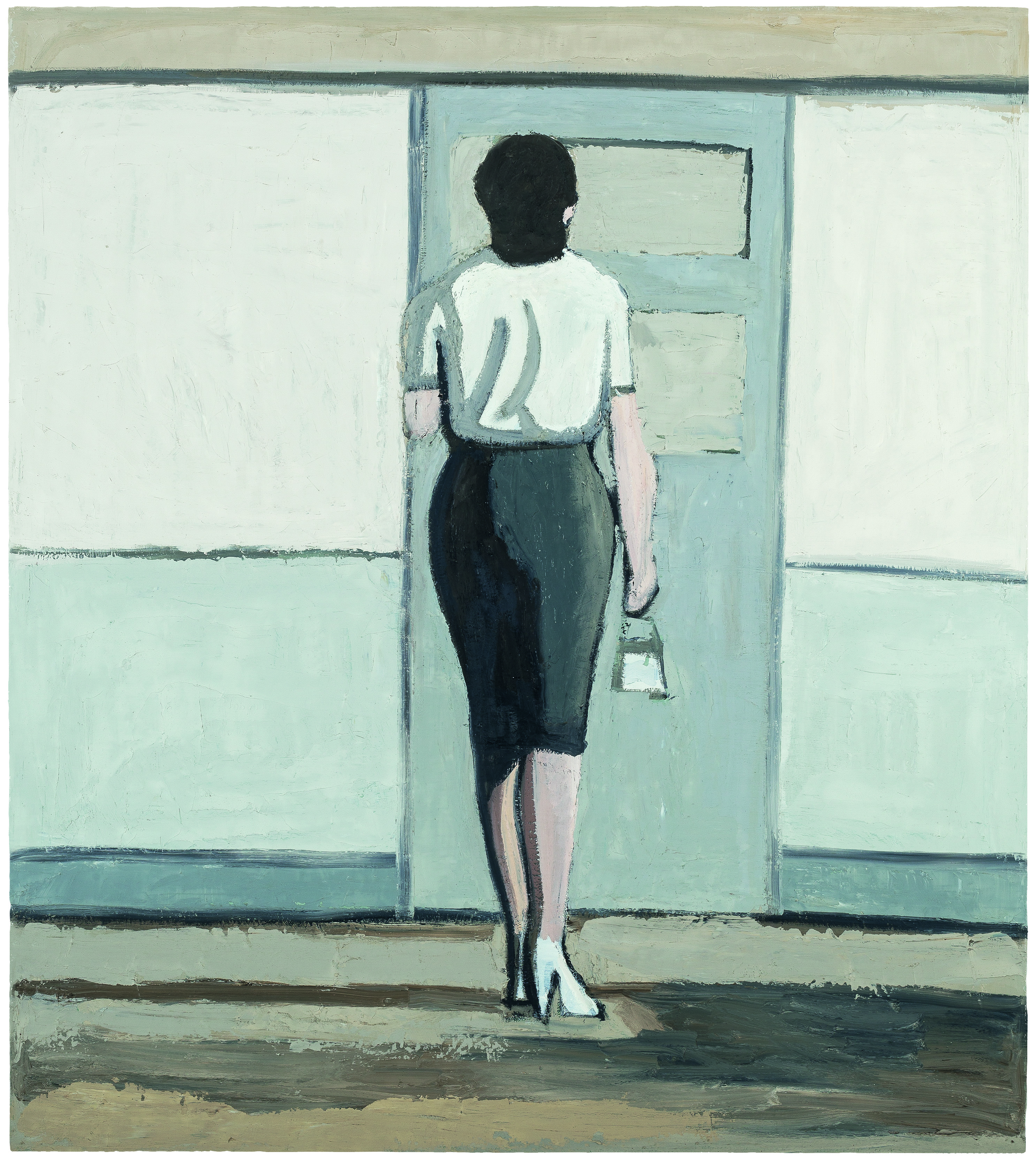
Oil on canvas, 180 × 160 cm
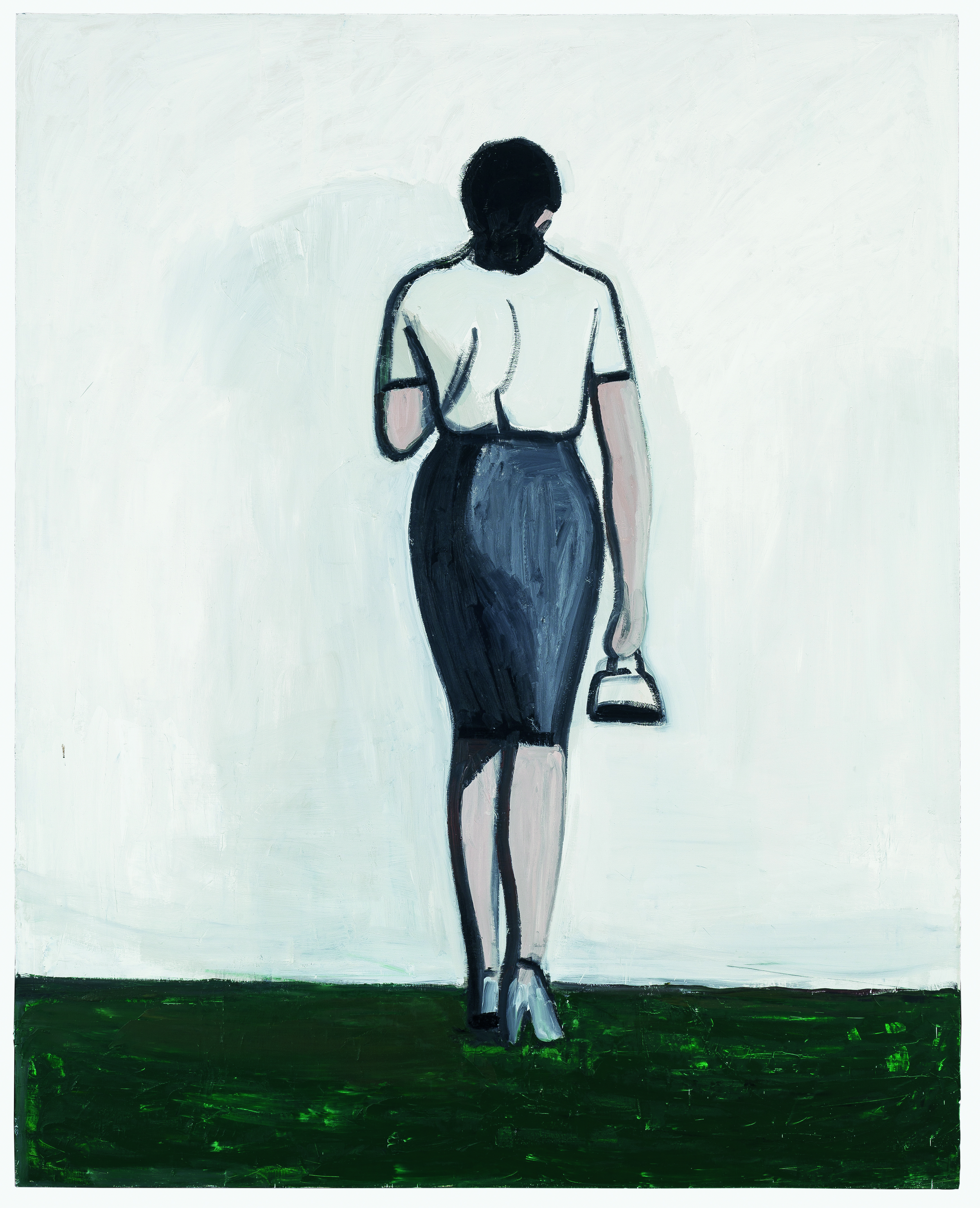
Oil on canvas, 250 × 200 cm

Oil on canvas, a triptych, each 140 × 150 cm
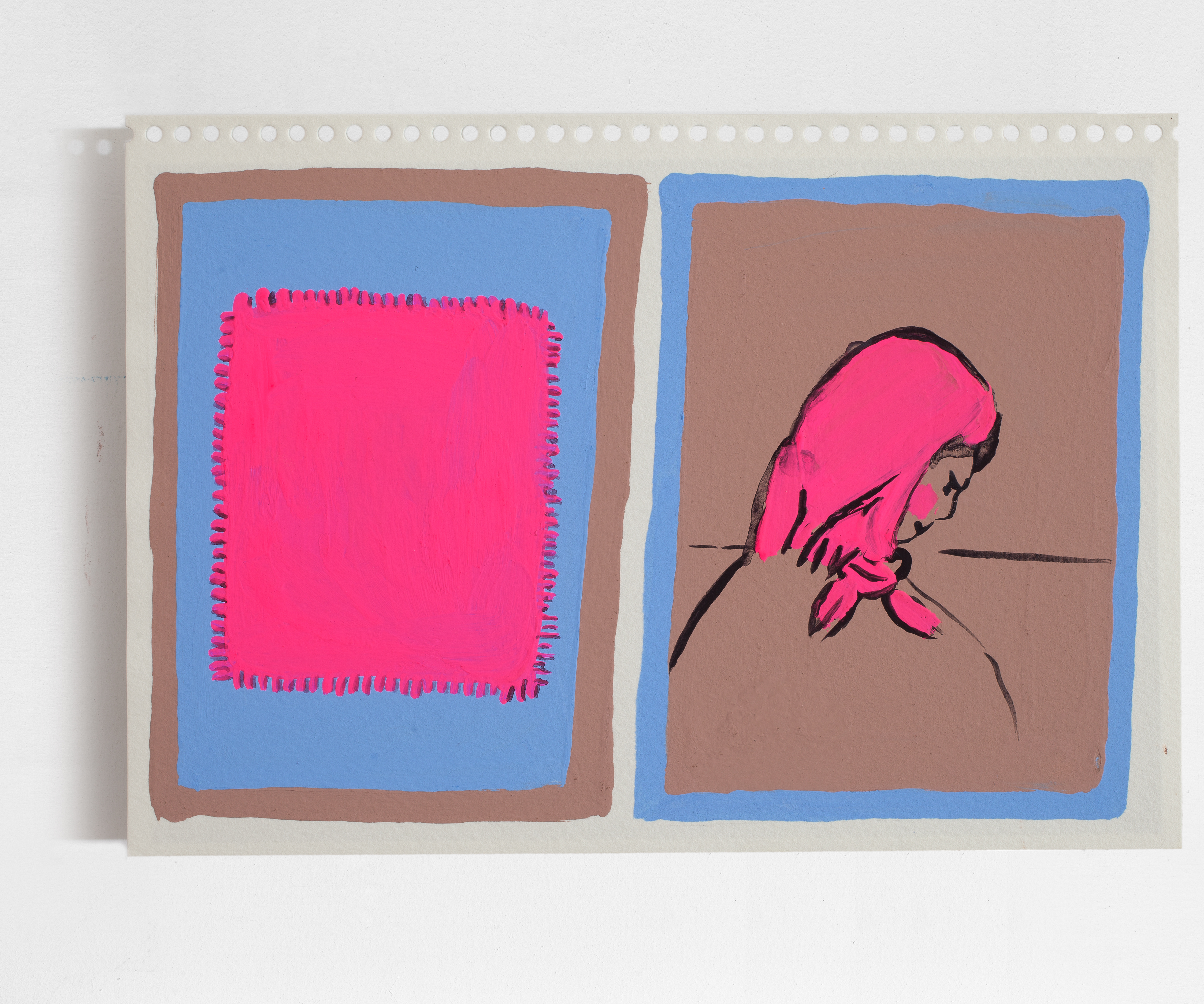
Acrylic on paper, one out of a set of 8, each 15.5×22cm

Acrylic on paper, one out of a set of 8, each 15.5×22cm
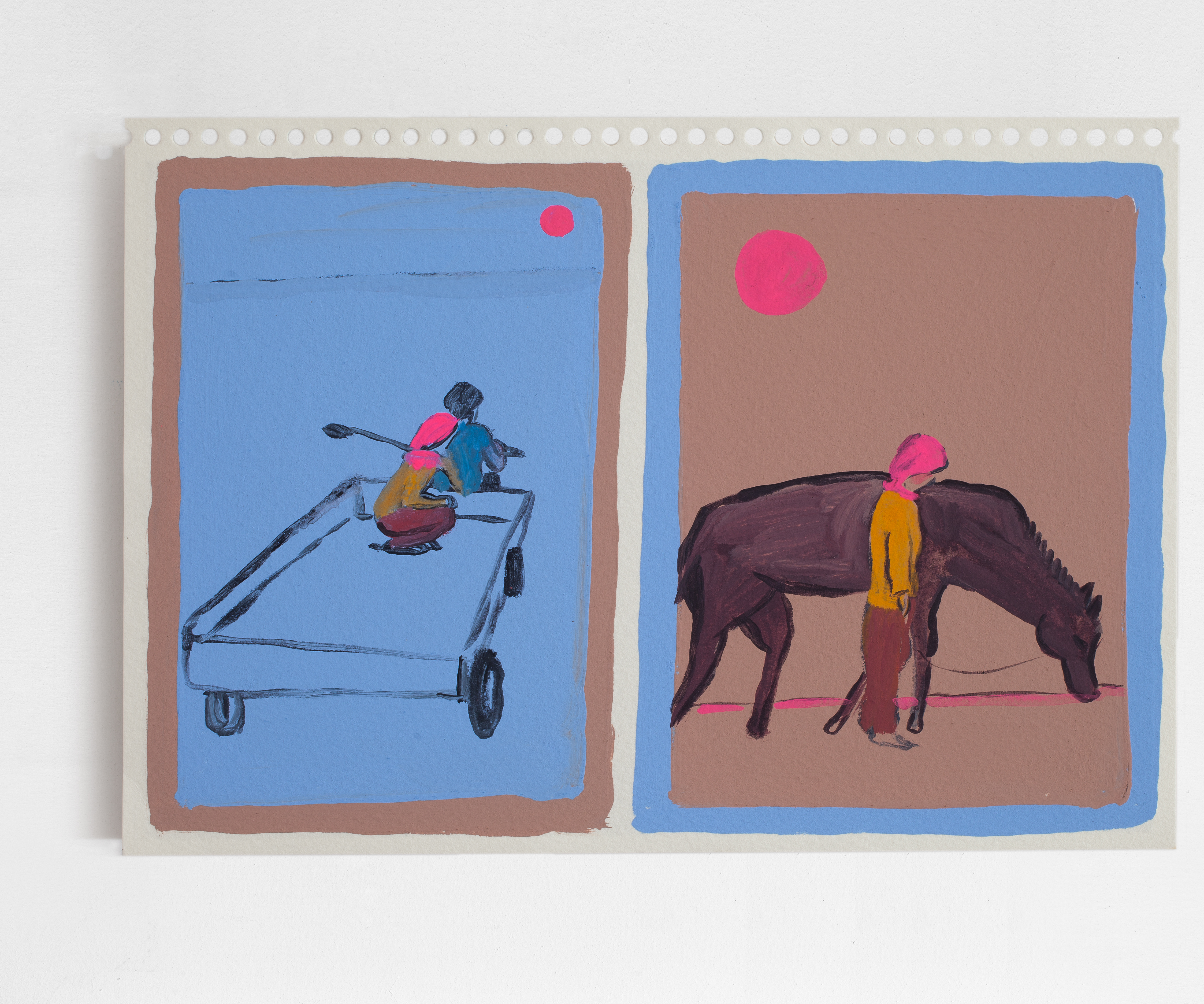
Acrylic on paper, one out of a set of 8, each 15.5×22cm
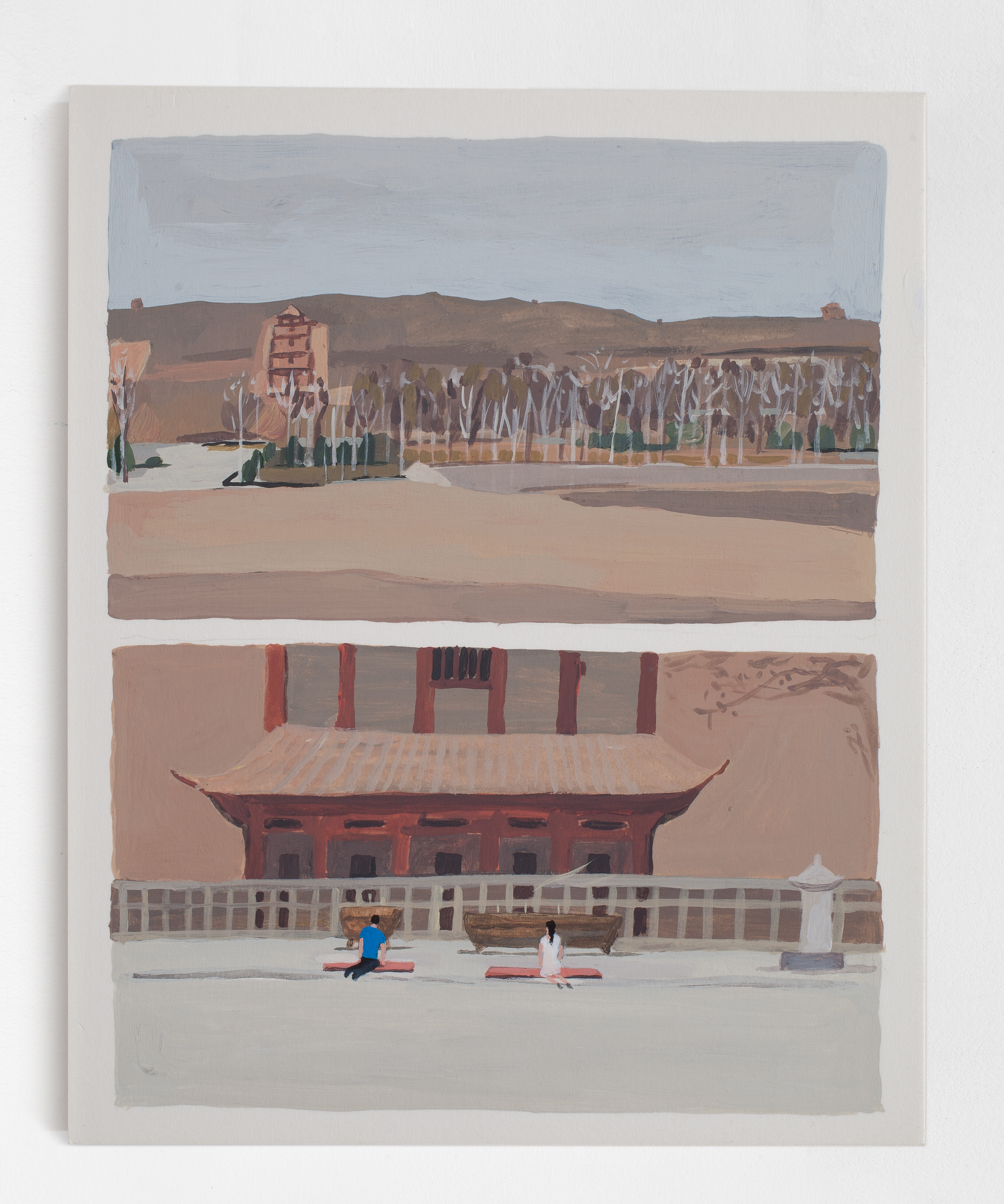
Acrylic on paperboard, one out of a set of 8, each 25.5×20.5cm
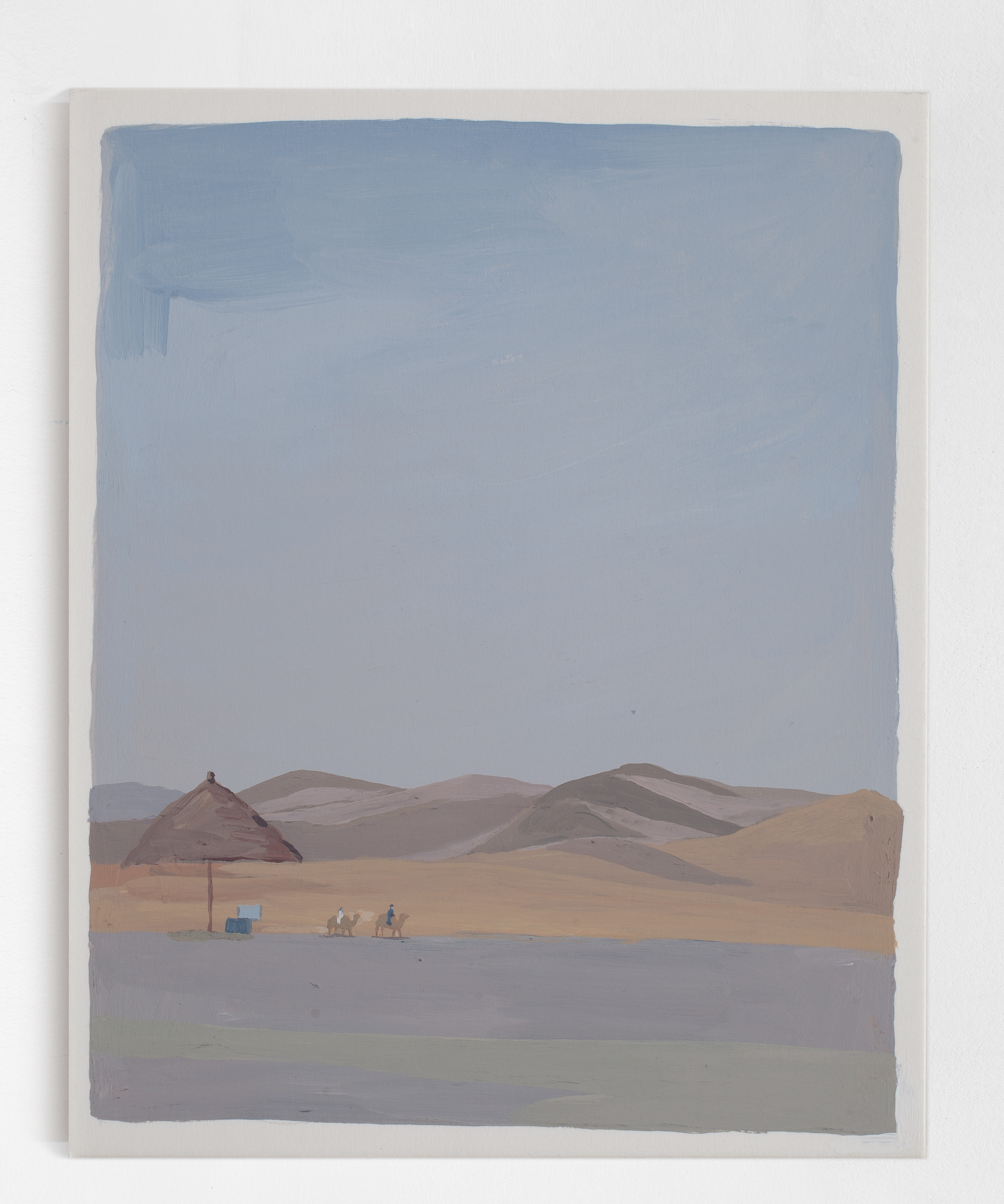
Acrylic on paperboard, one out of a set of 8, each 25.5×20.5cm
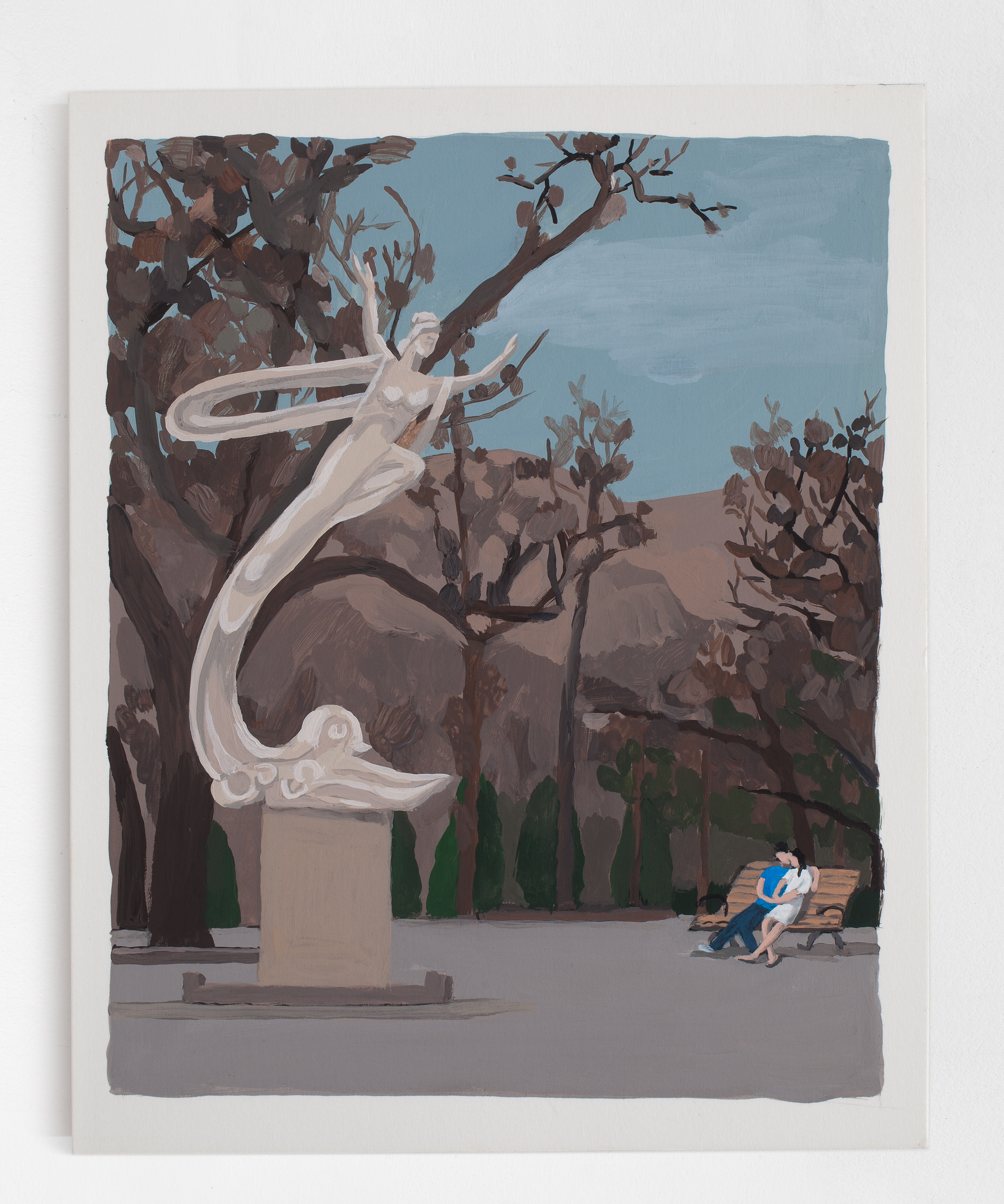
Acrylic on paperboard, one out of a set of 8, each 25.5×20.5cm
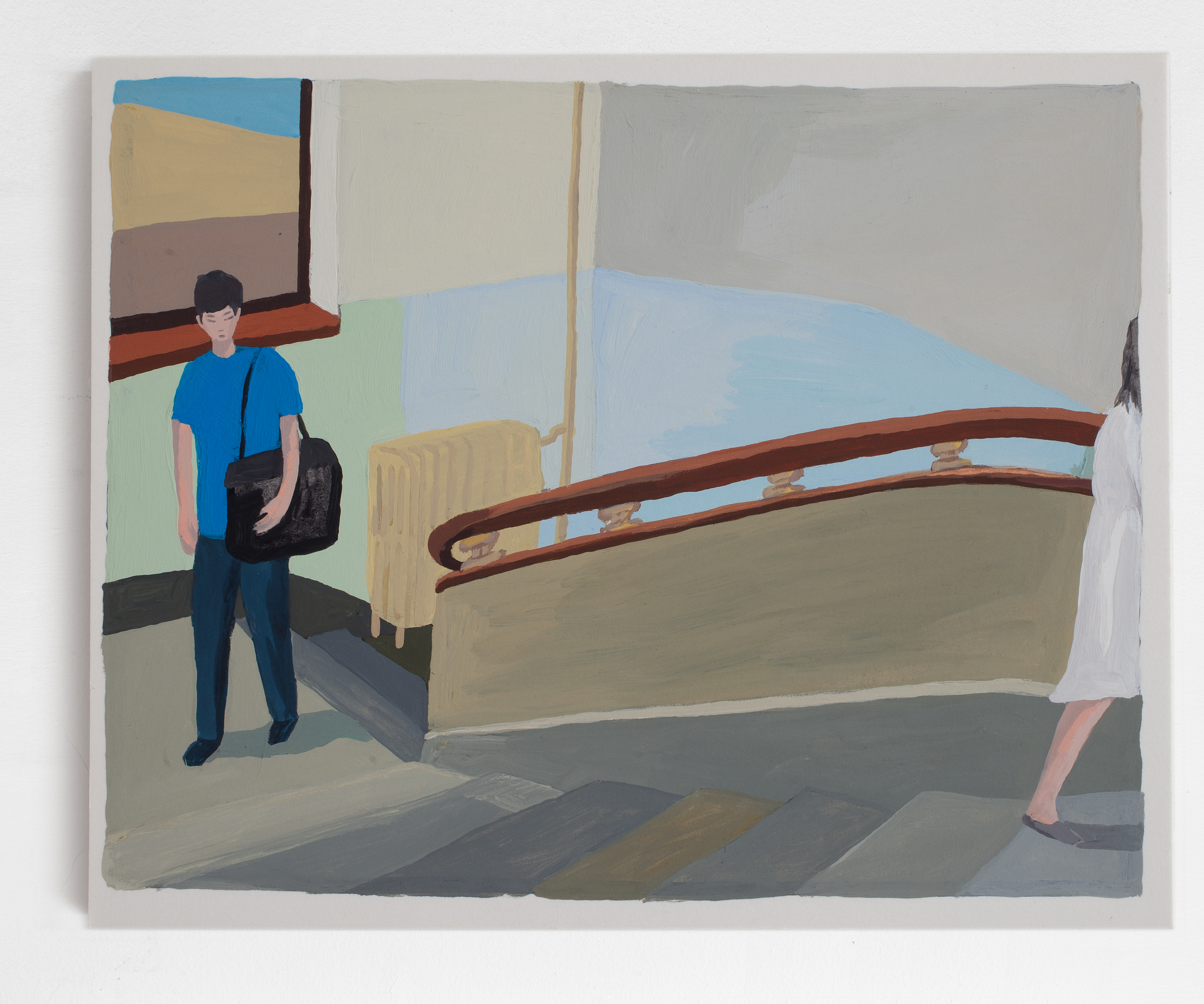
Acrylic on paperboard, one out of a set of 10, each 20.5×25.5cm
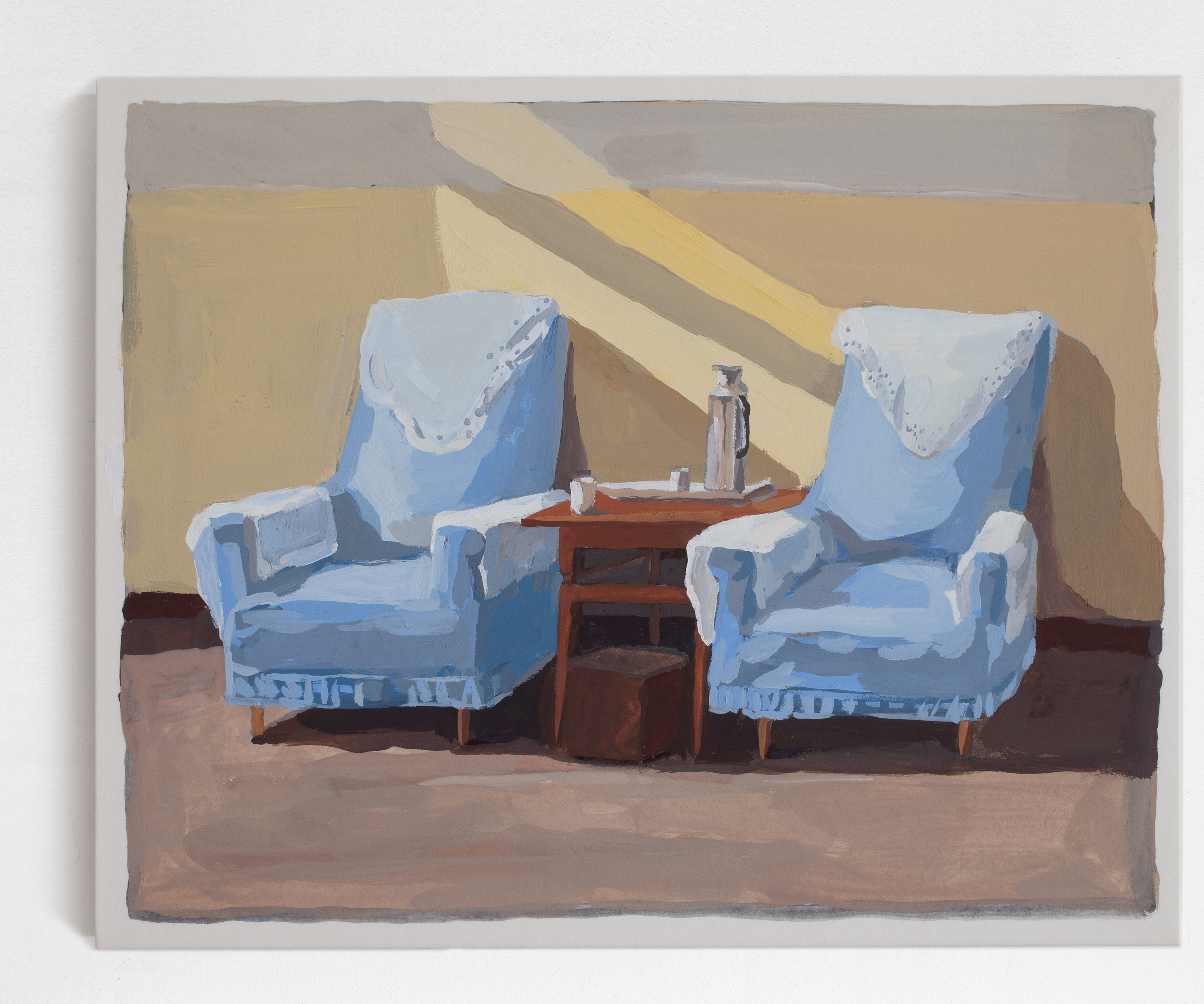
Acrylic on paperboard, one out of a set of 10, each 20.5×25.5cm
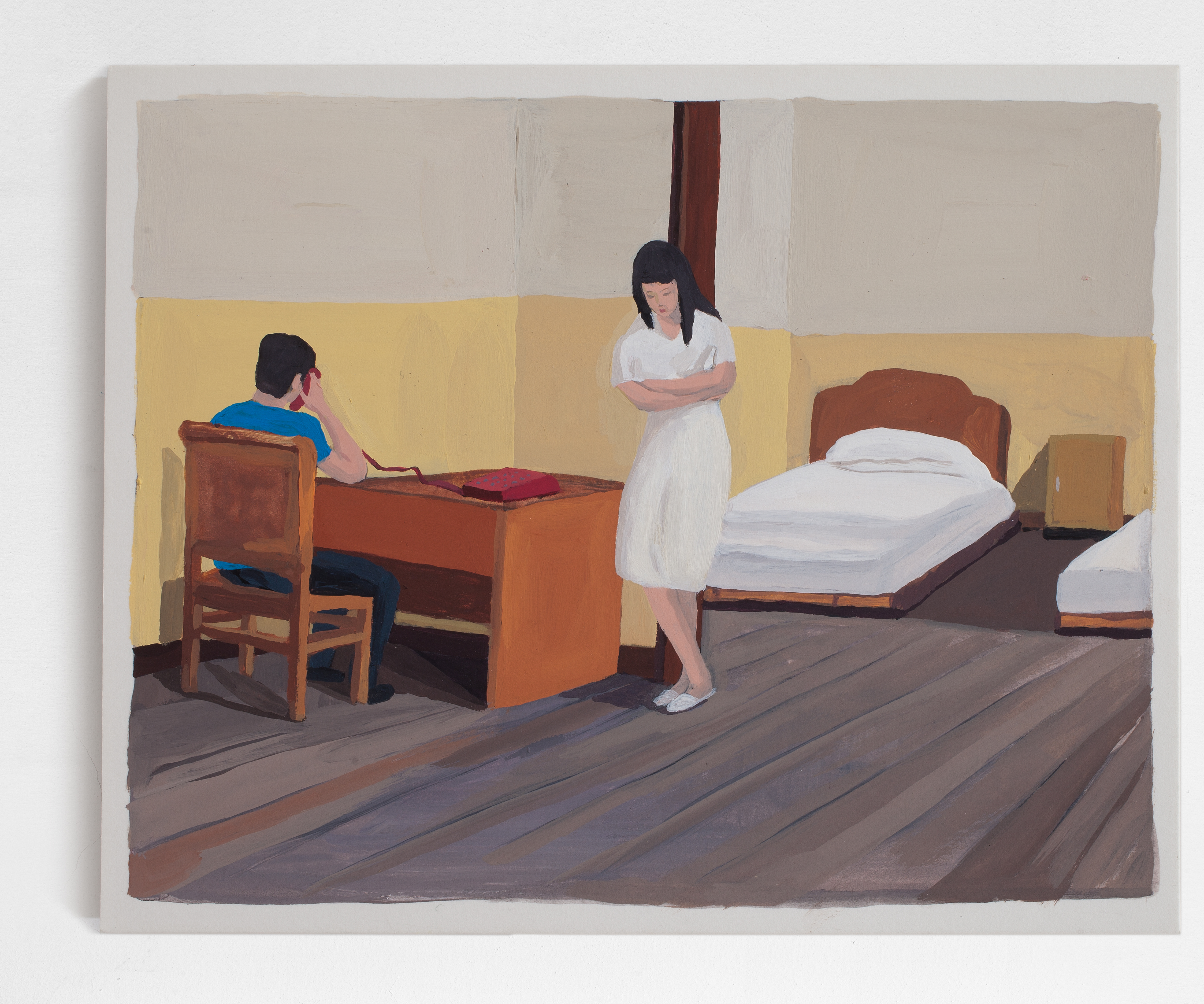
Acrylic on paperboard, one out of a set of 10, each 20.5×25.5cm
